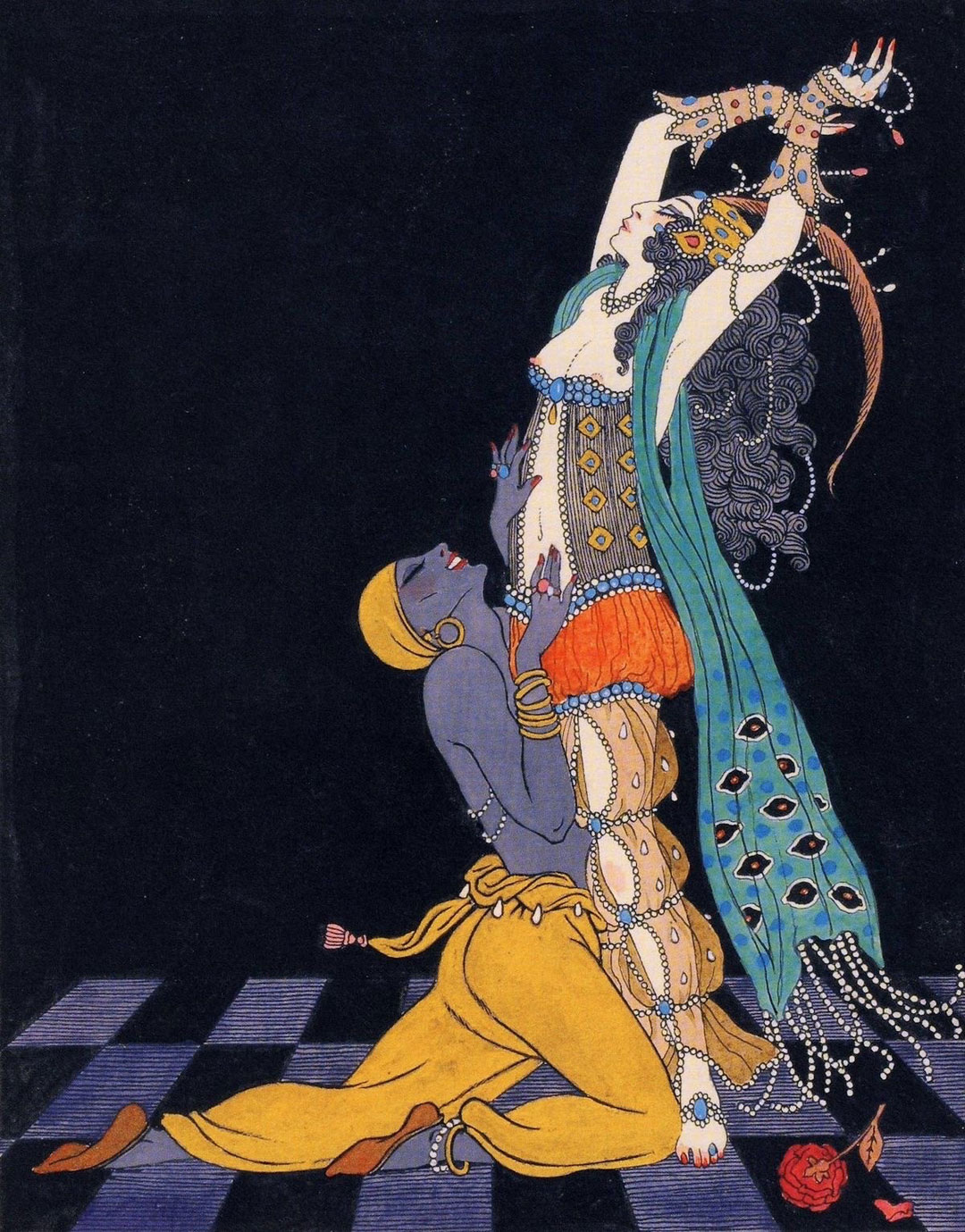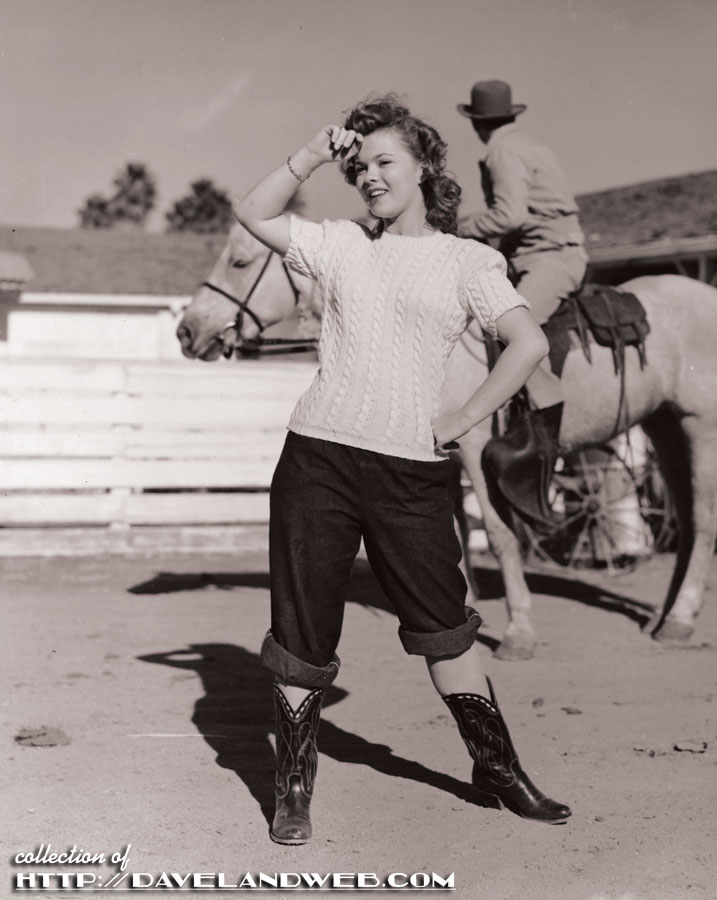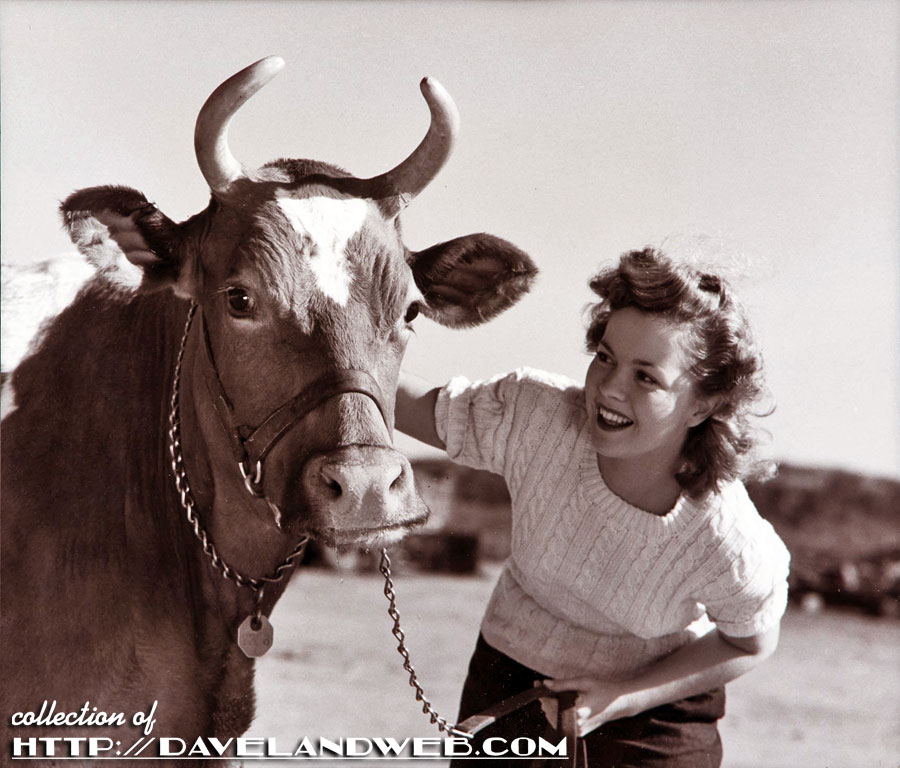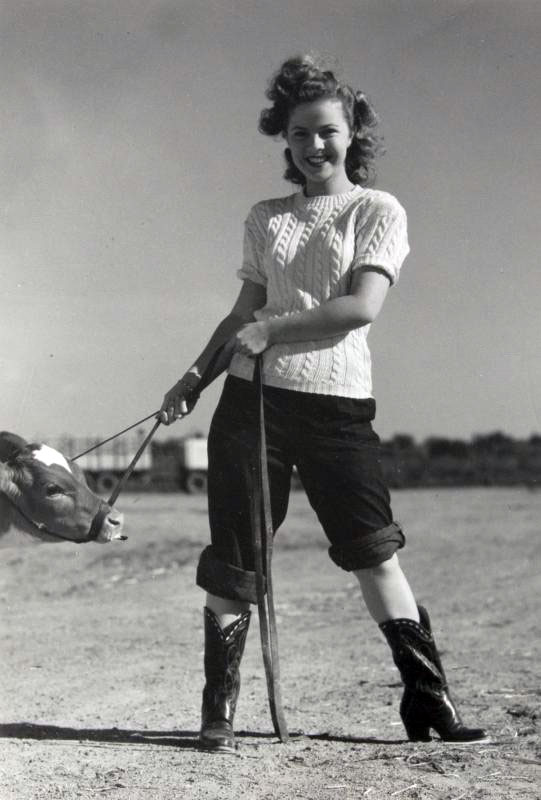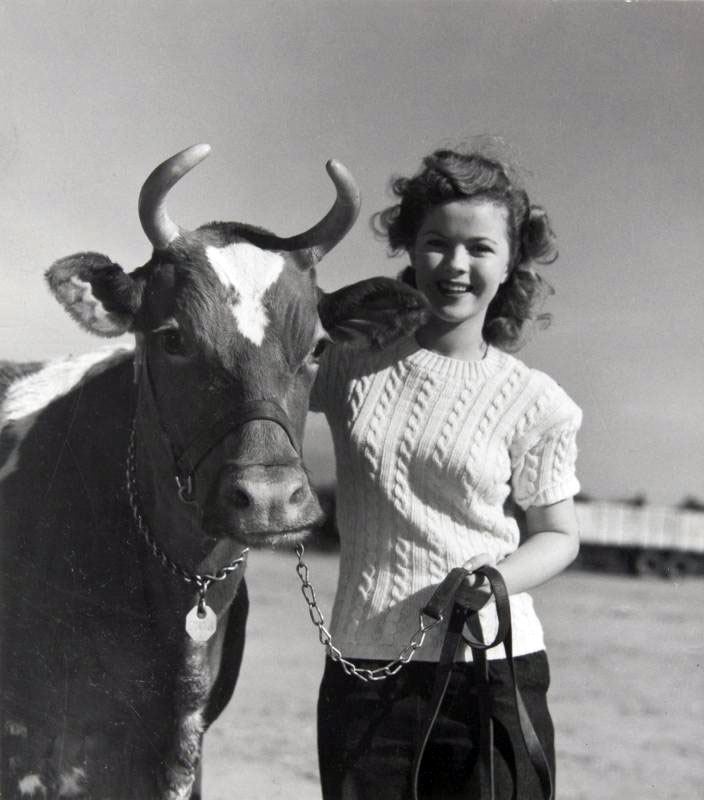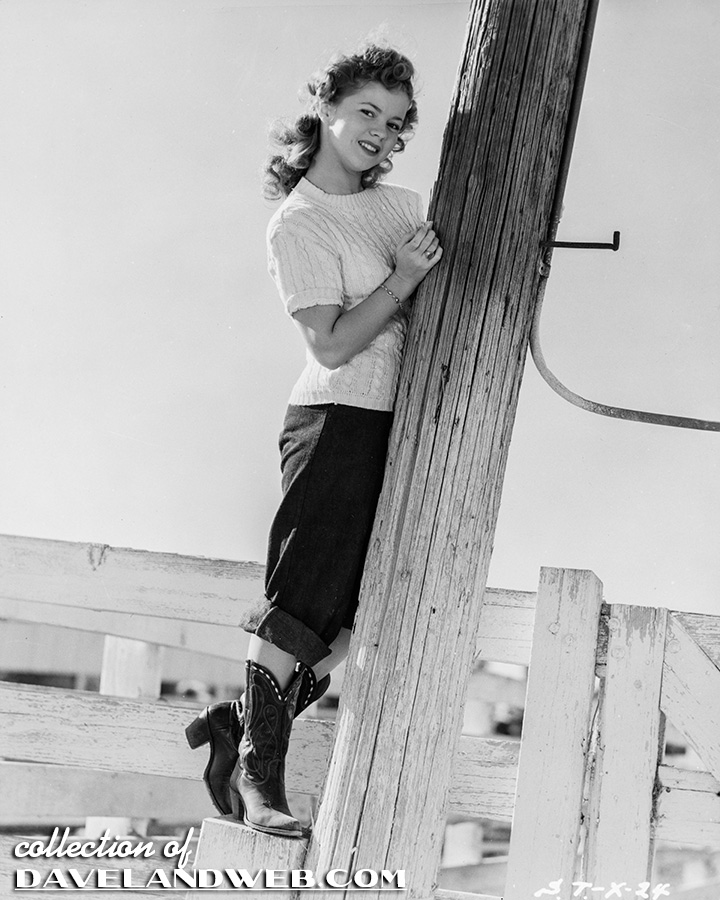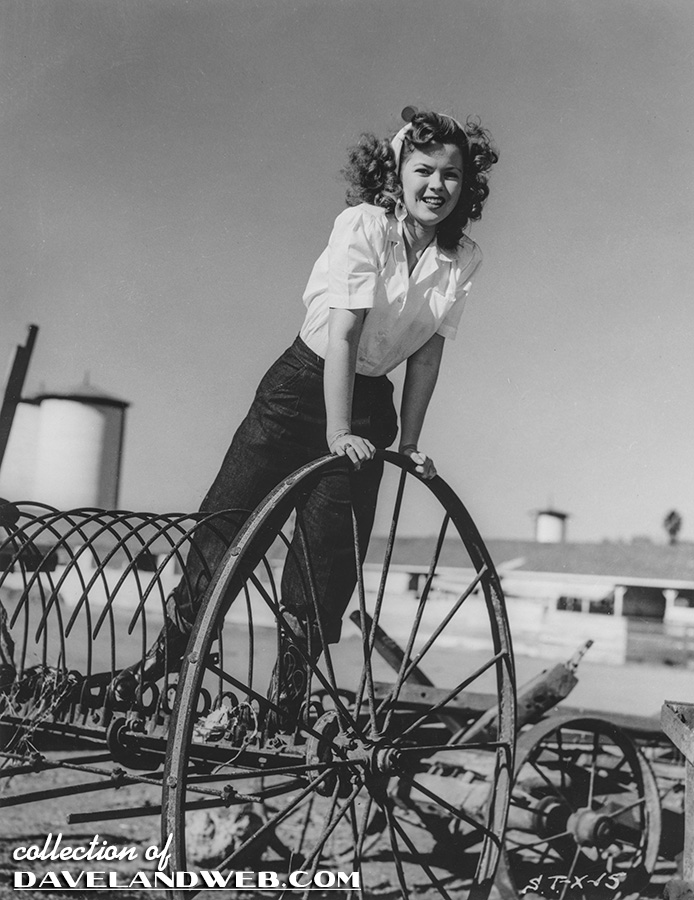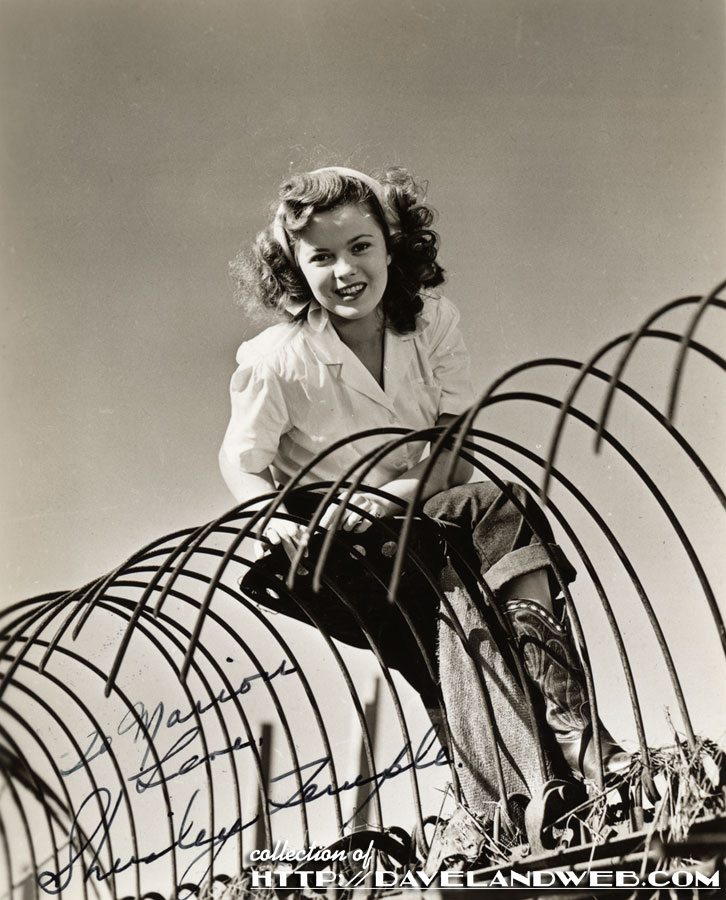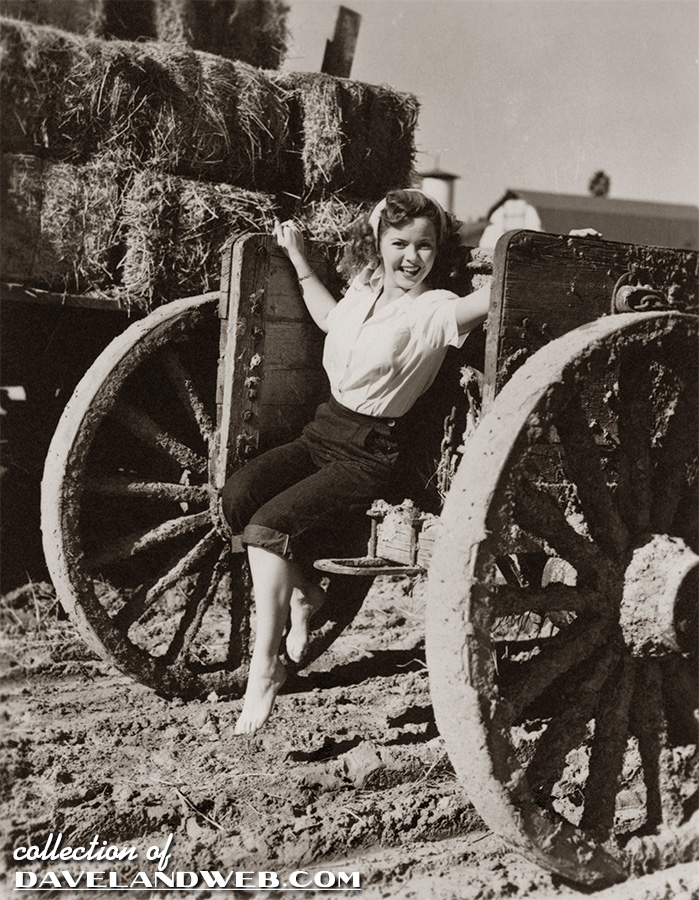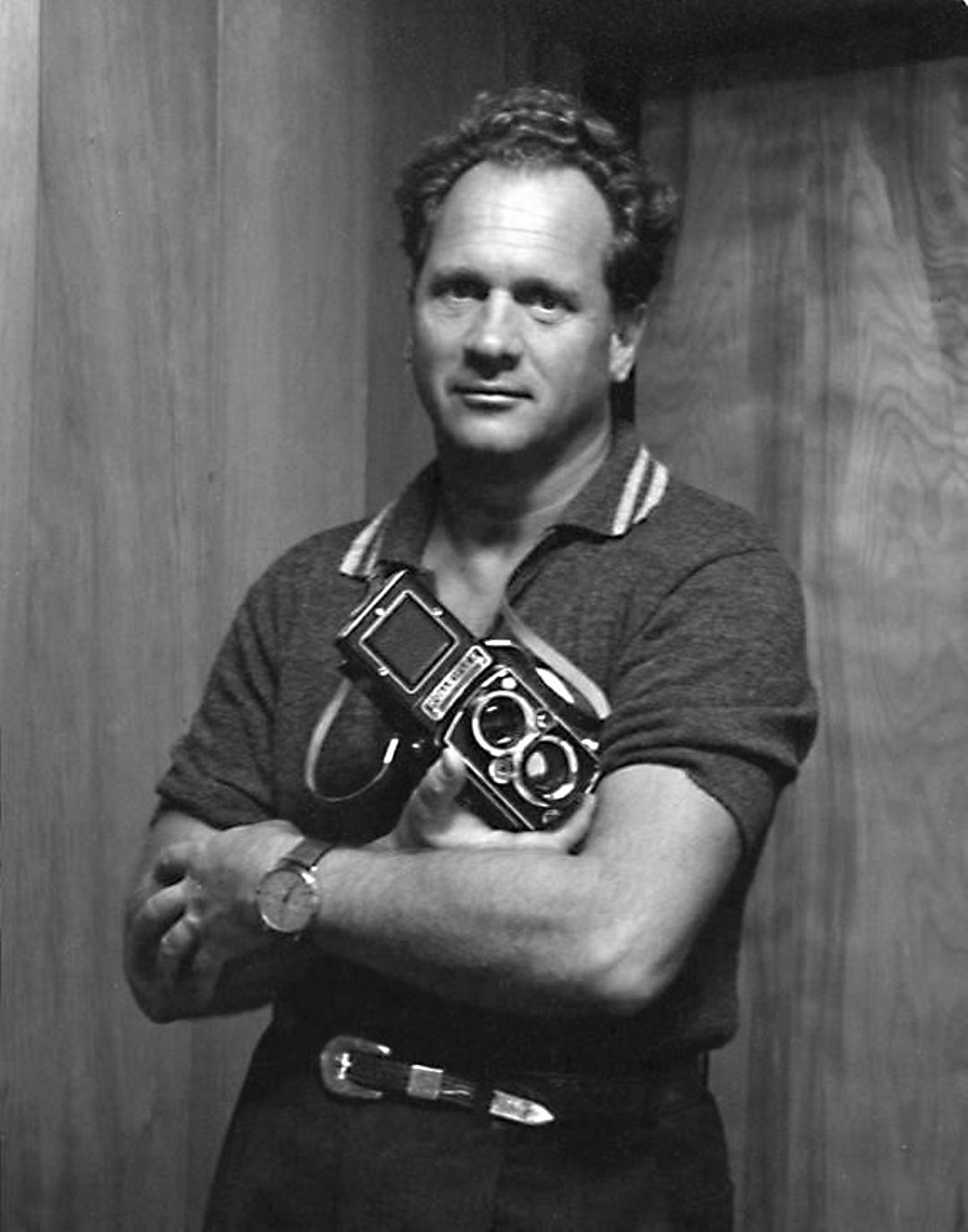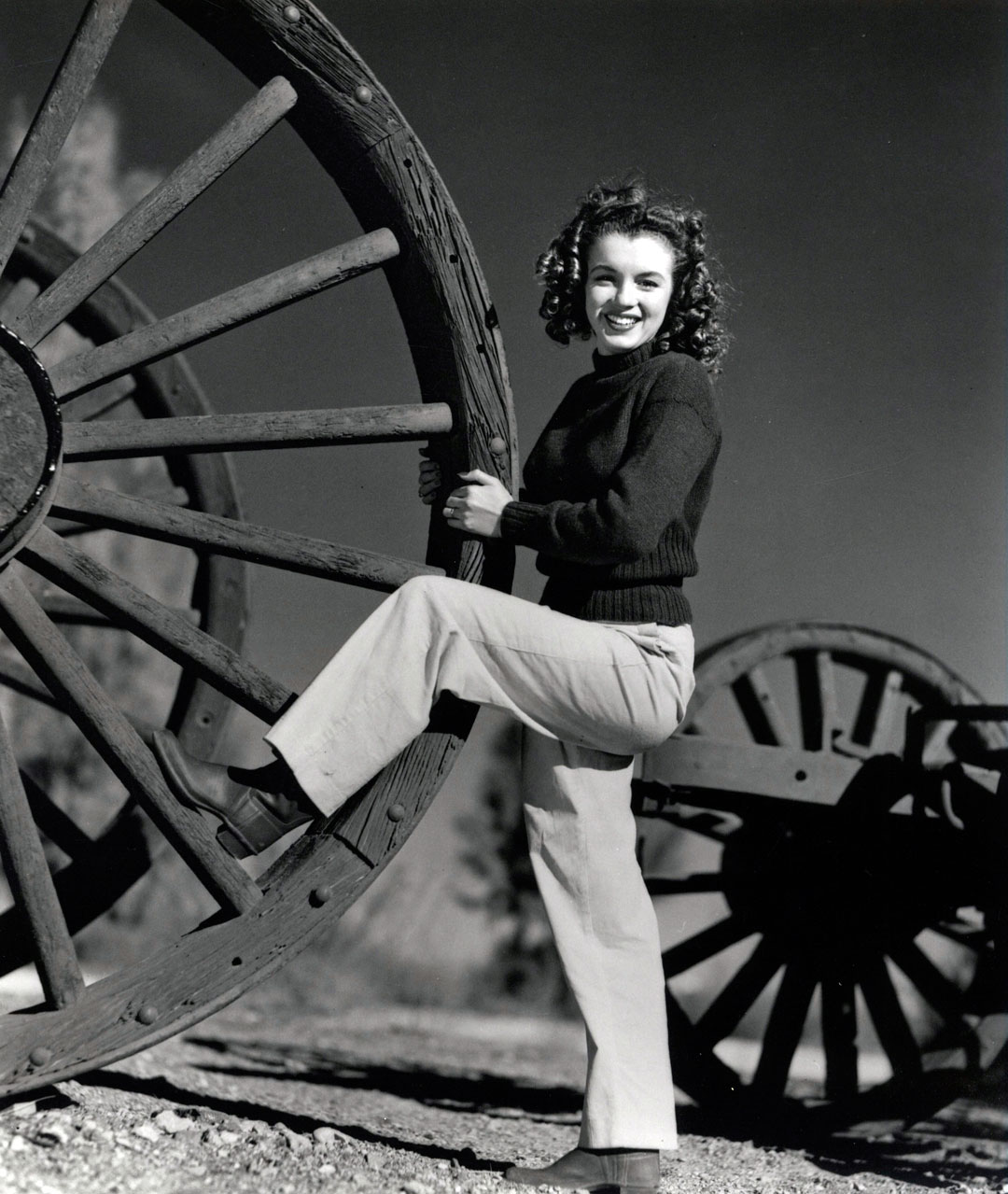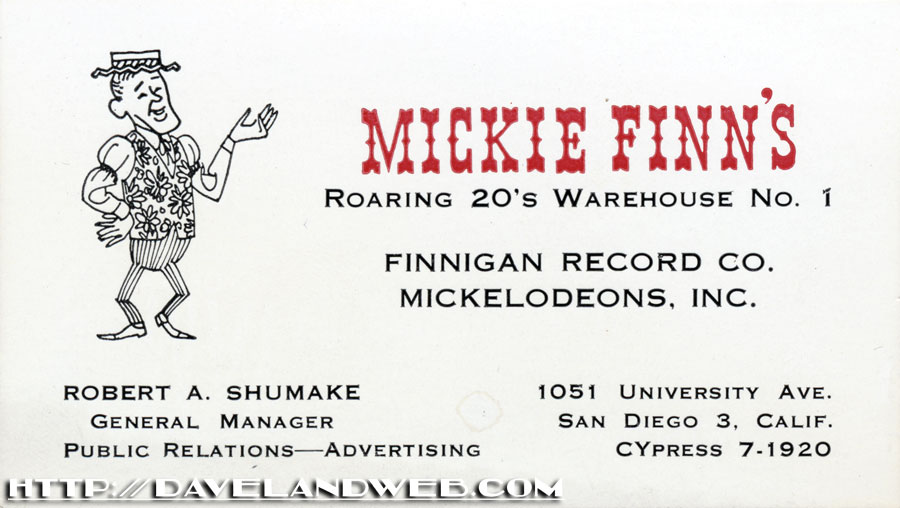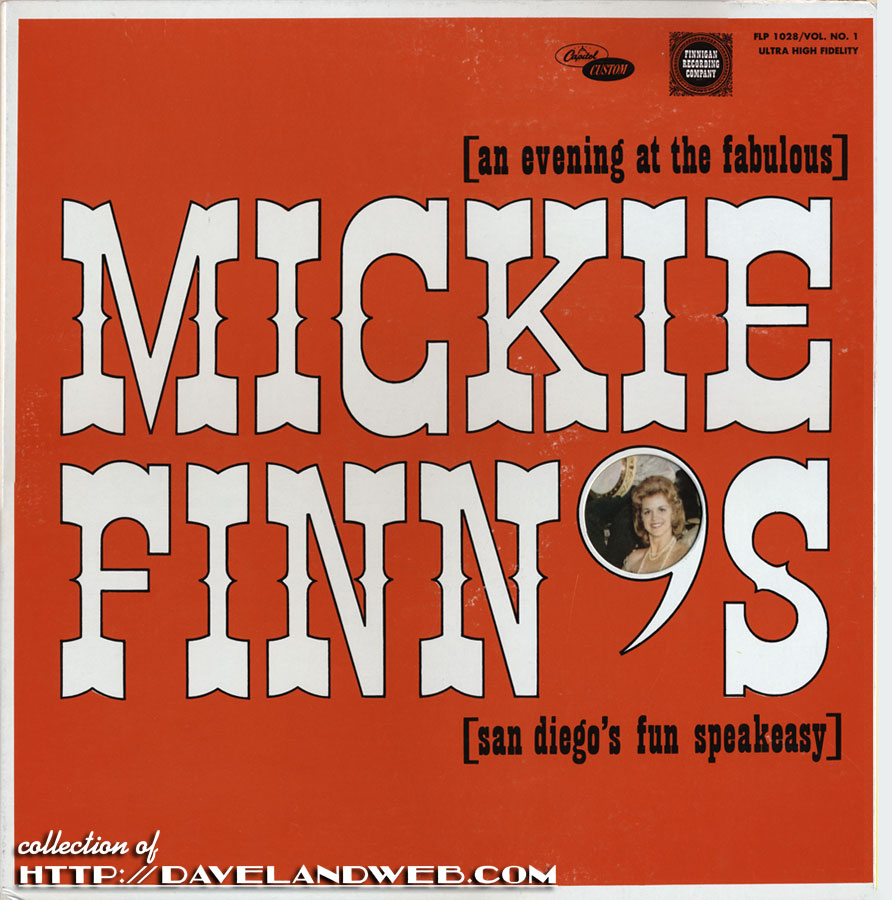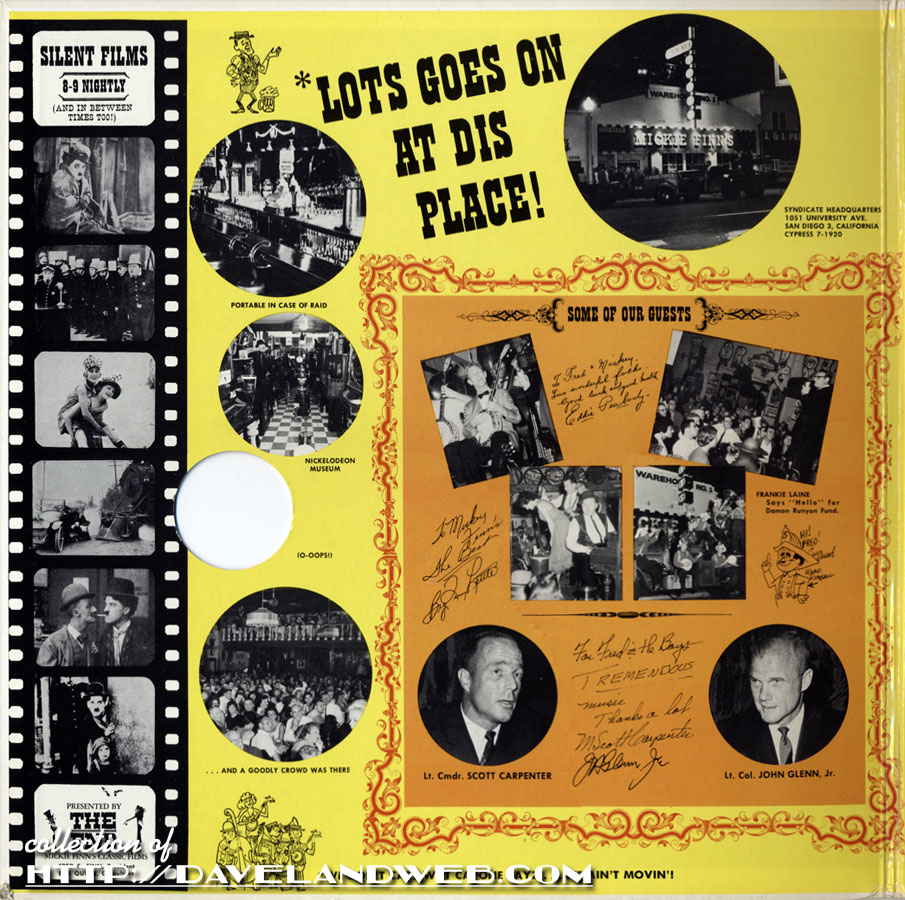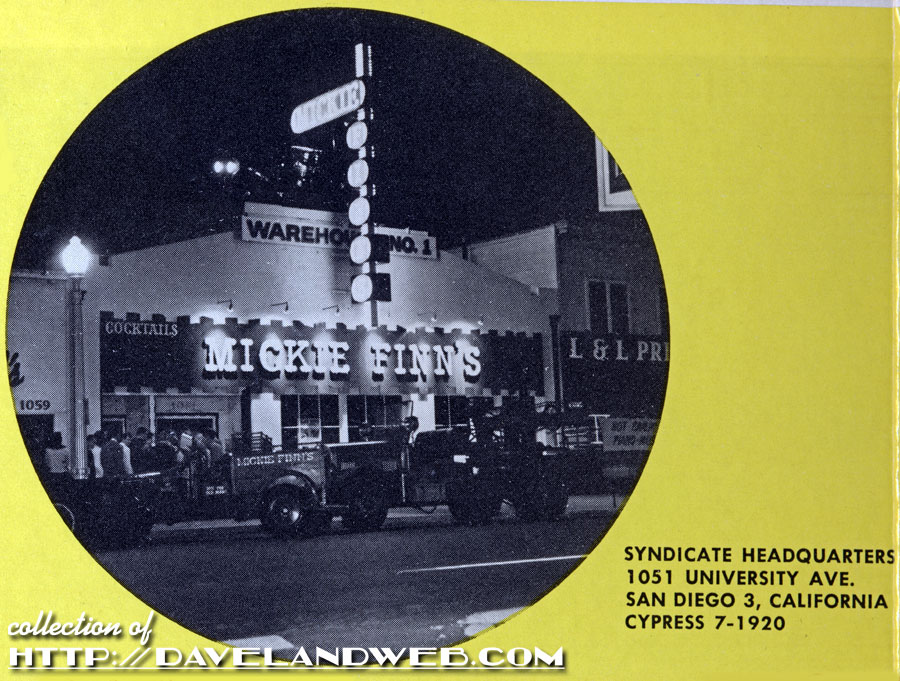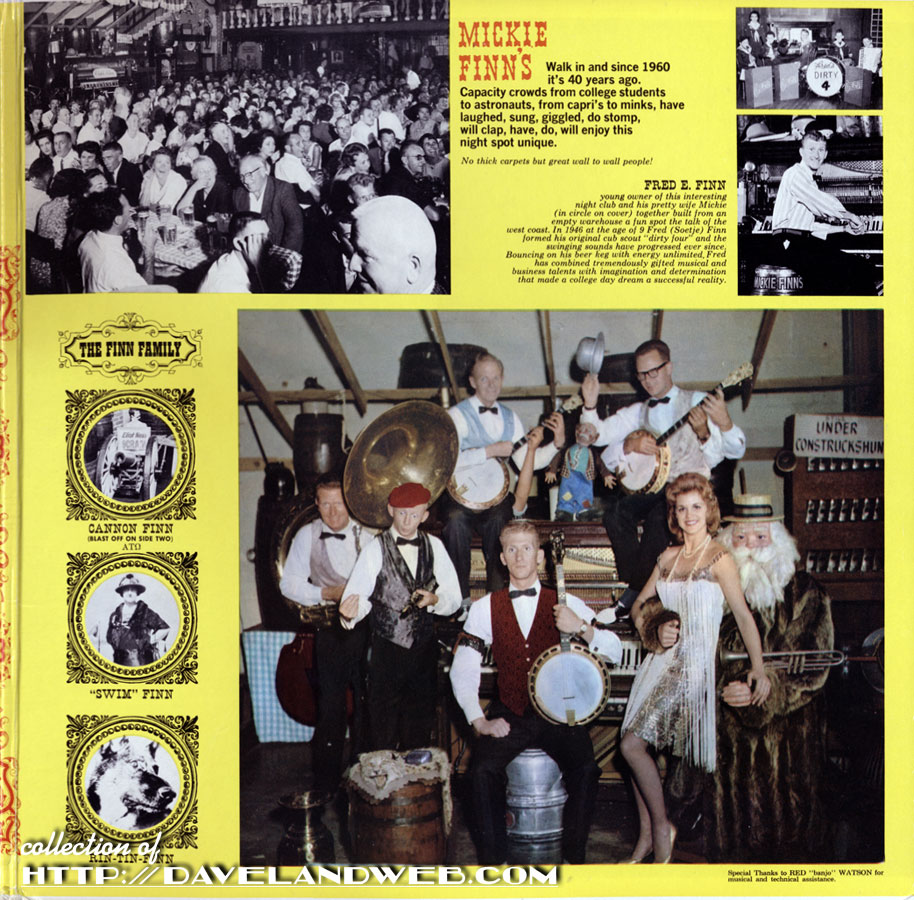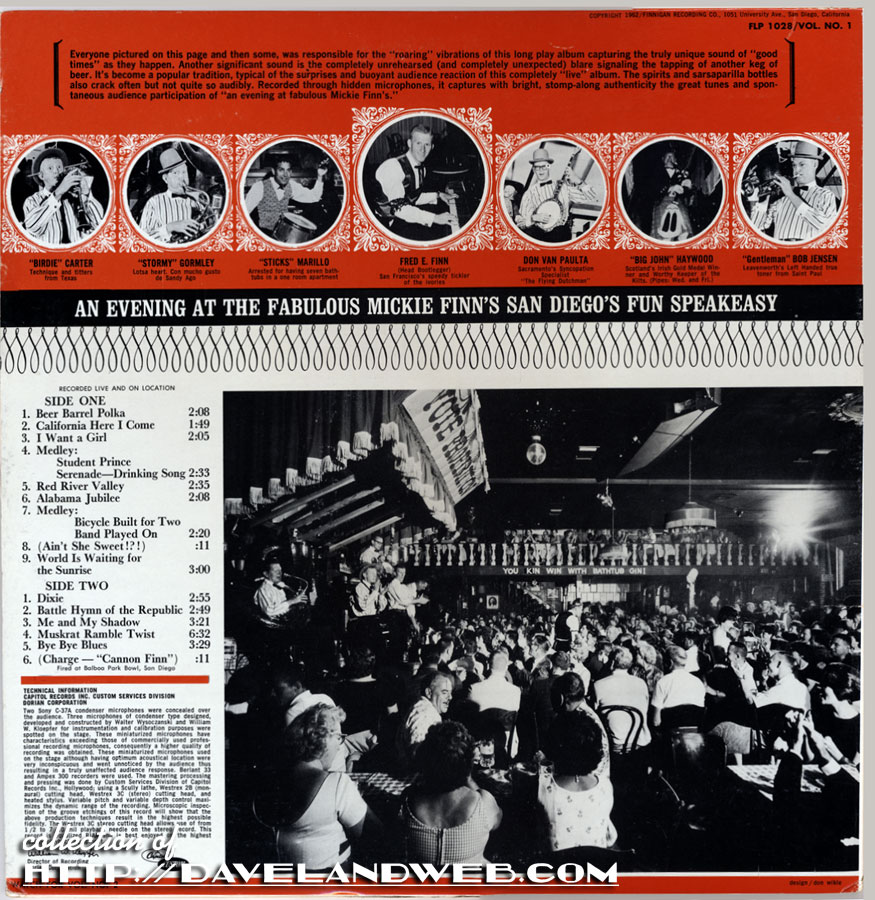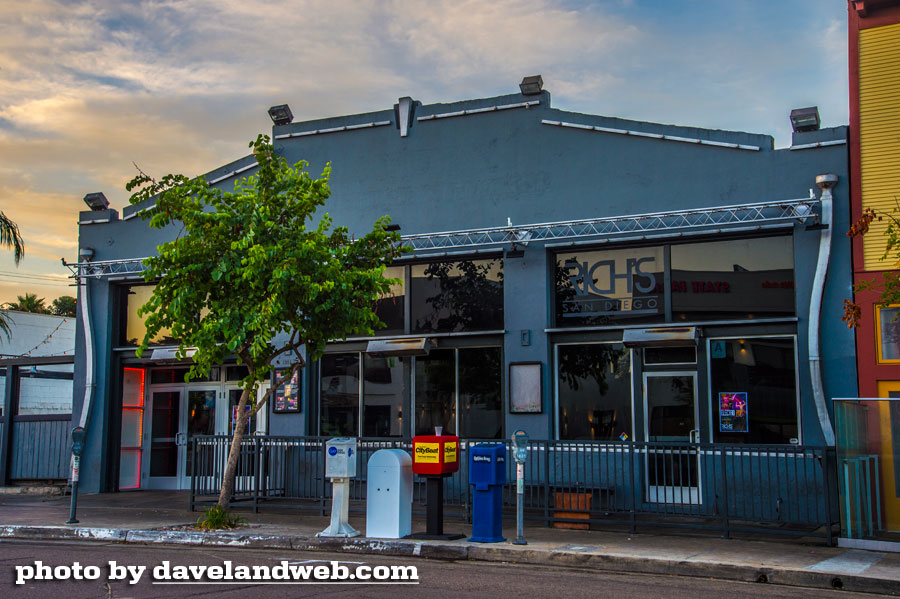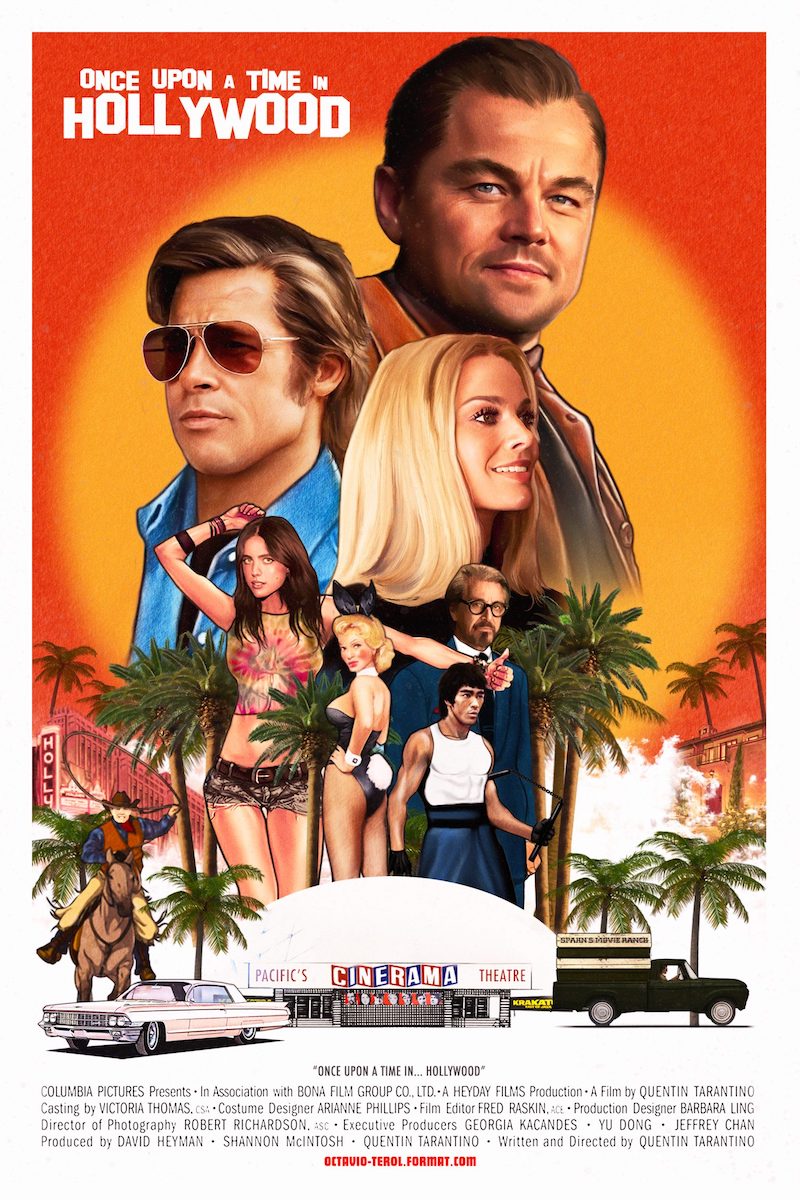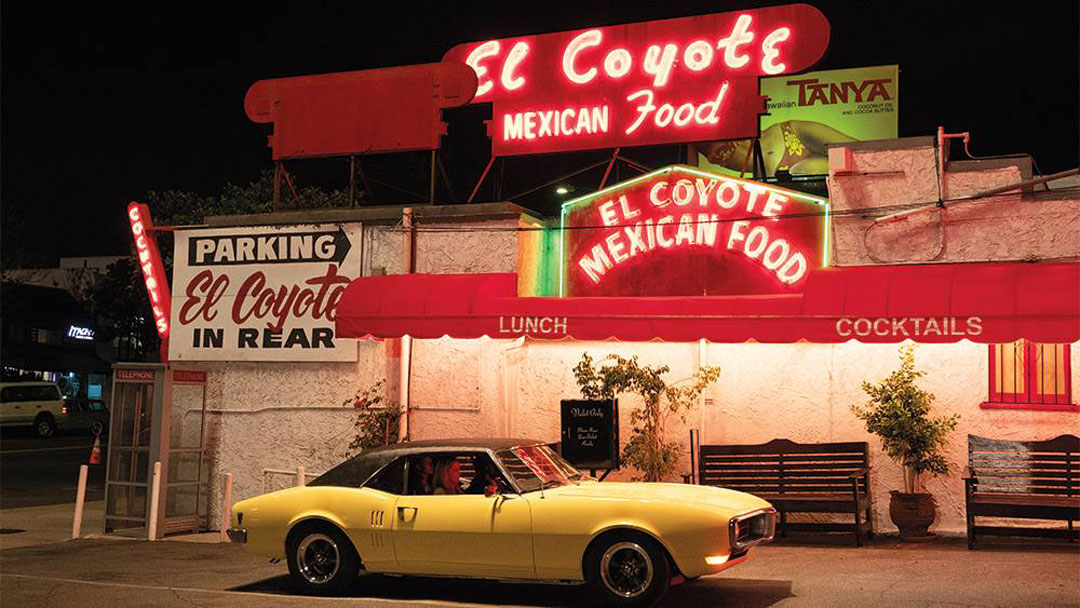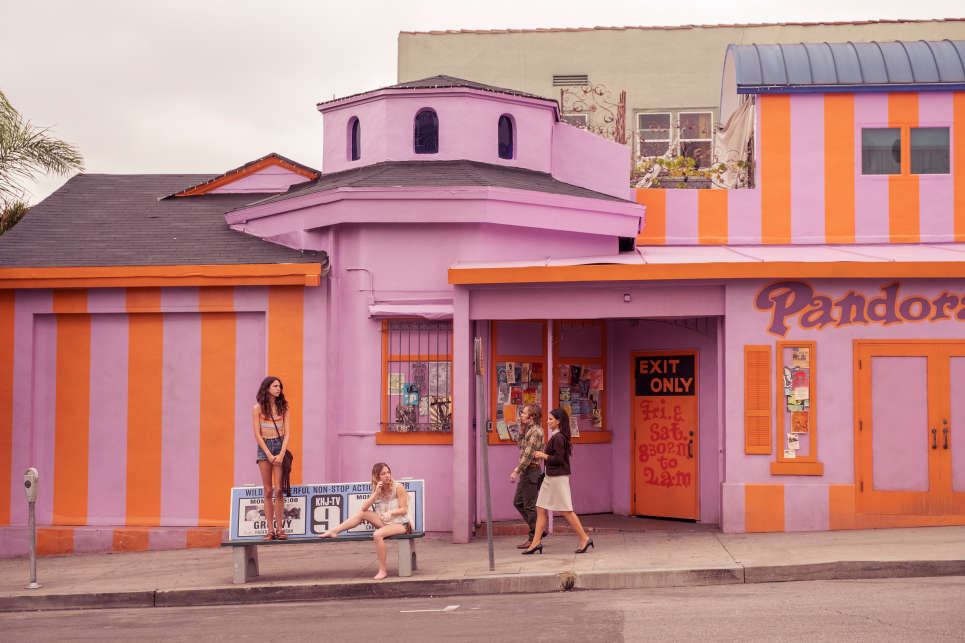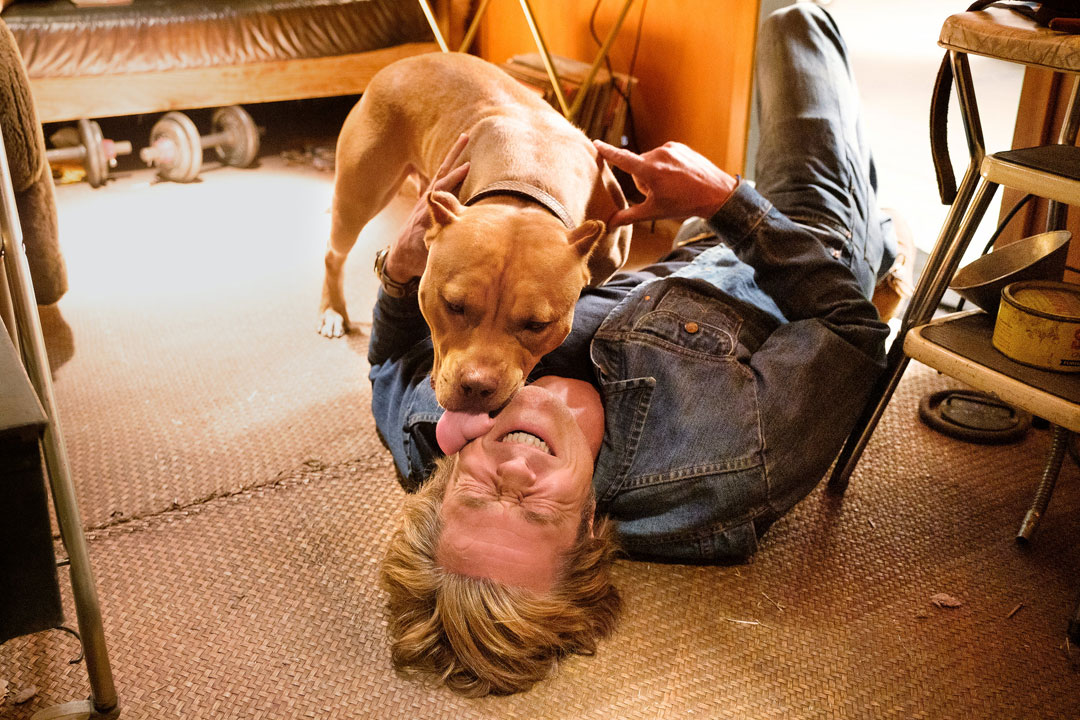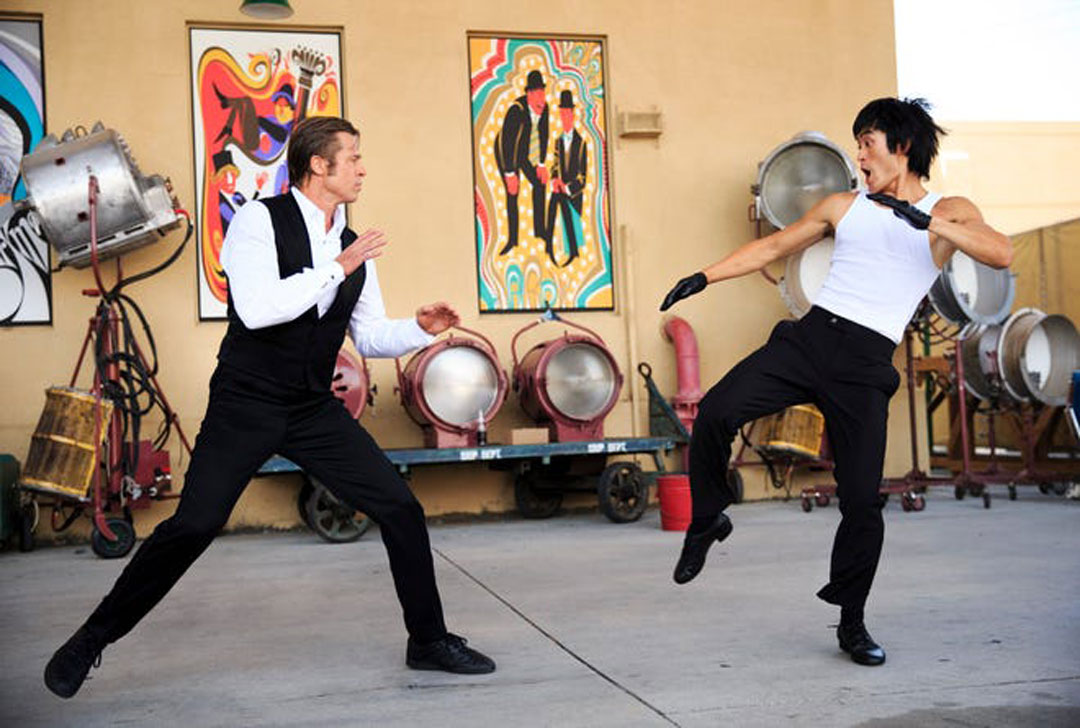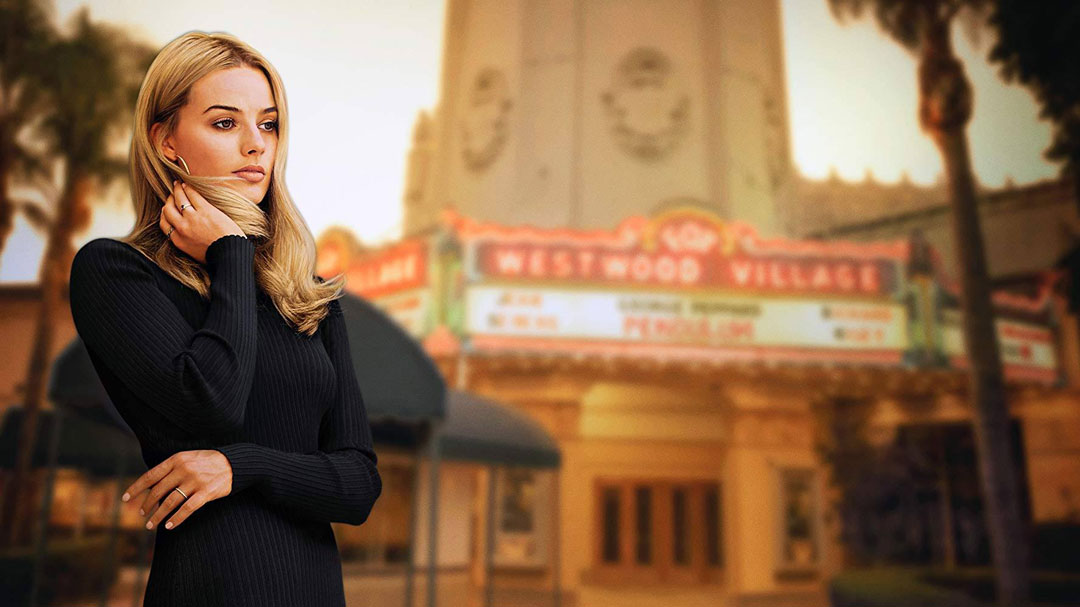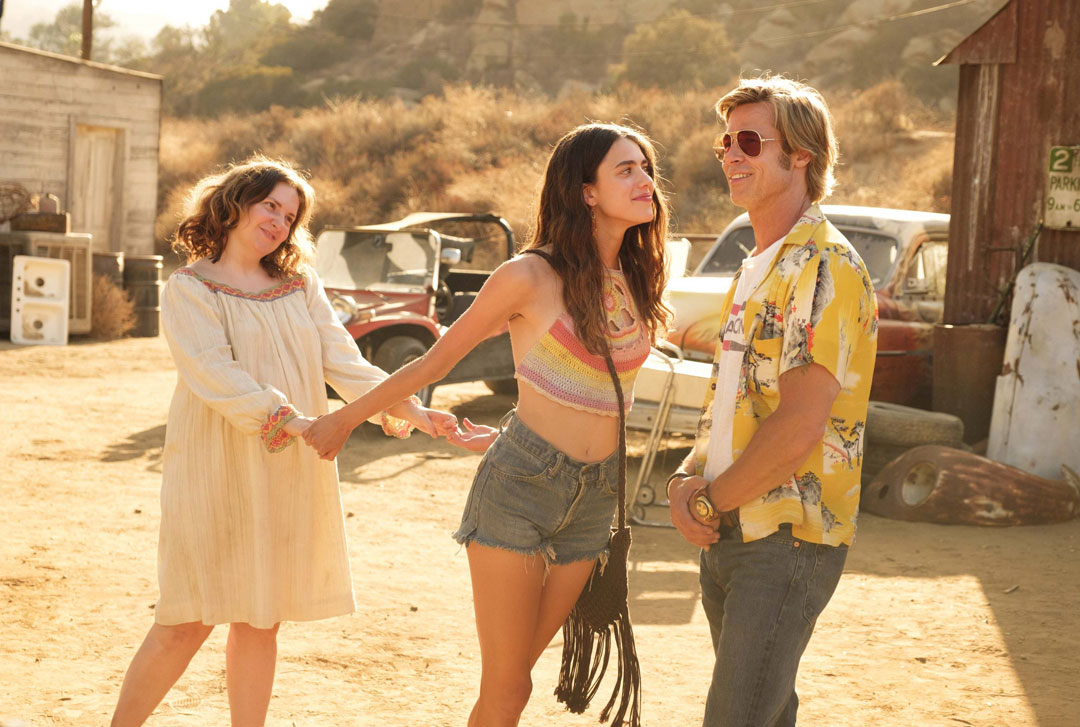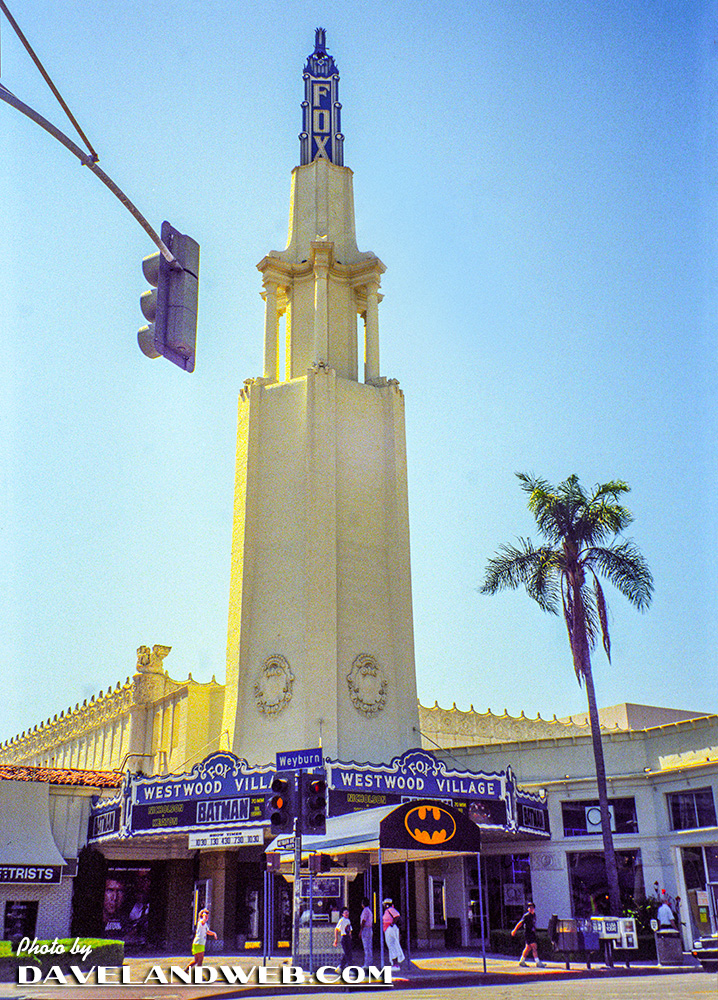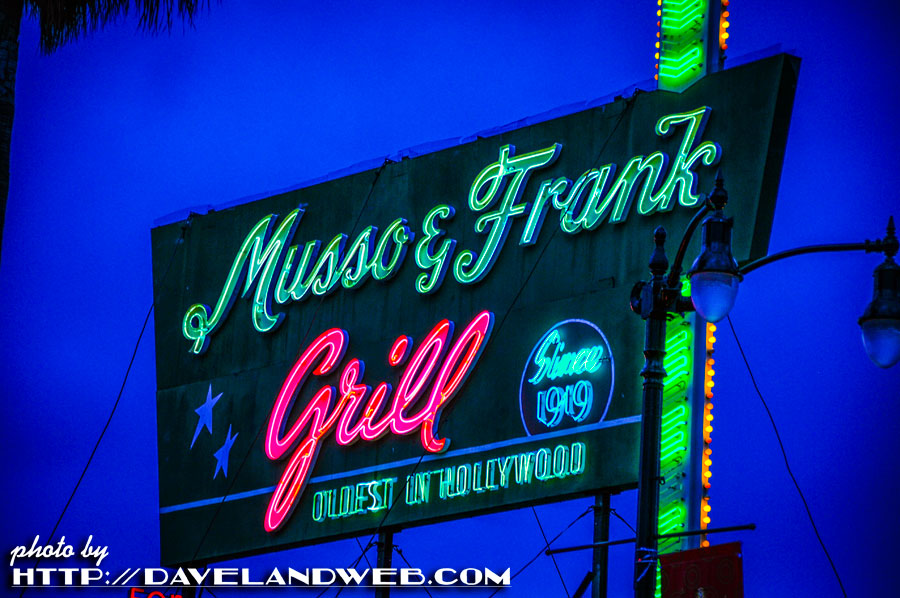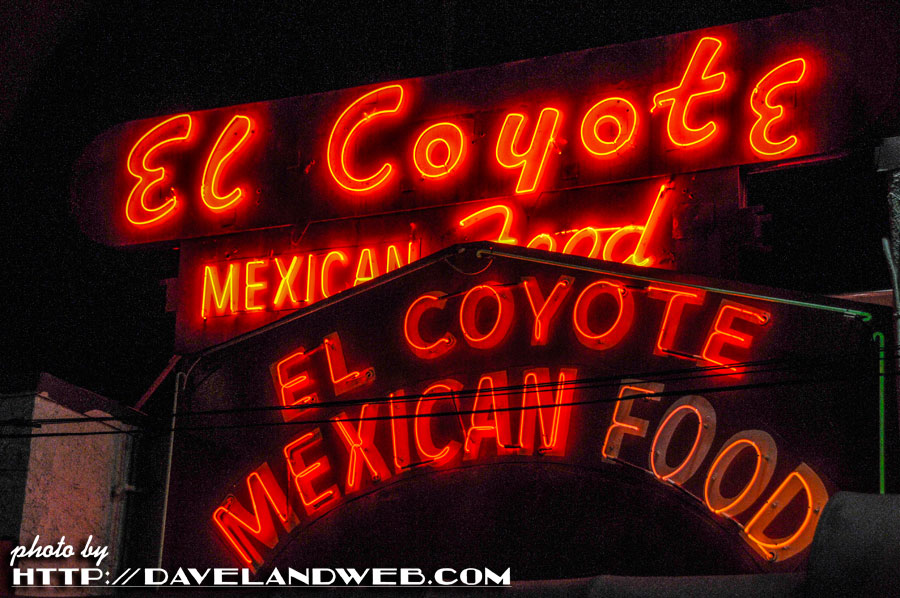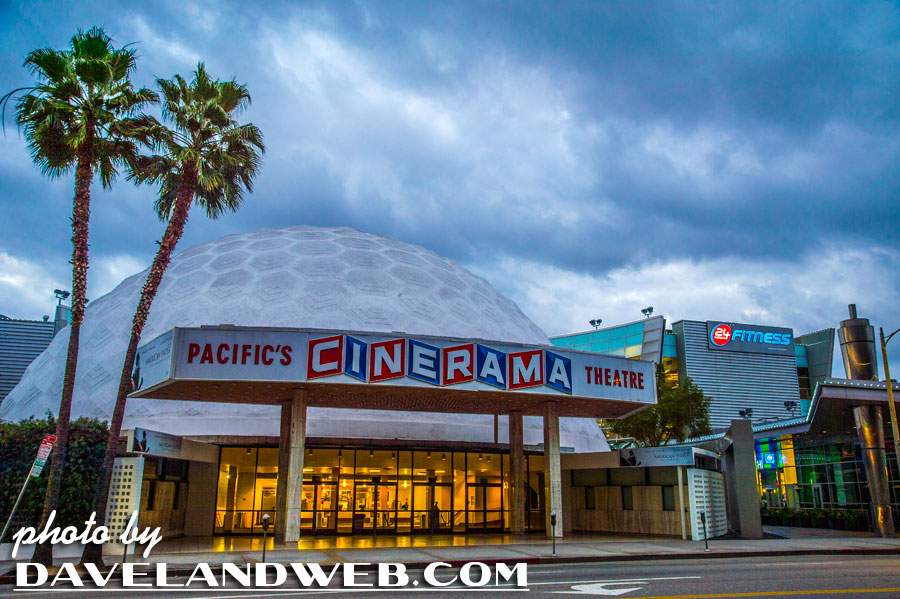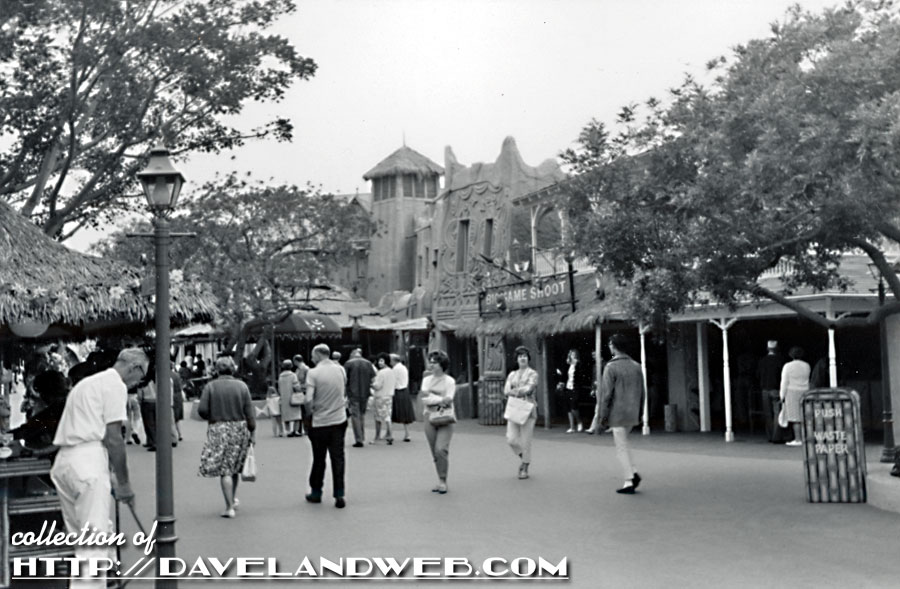
Adventureland’s Shooting Gallery (known as the Big Game Safari Shooting Gallery) operated from June 15, 1962—January 1982 and was one of three Disneyland shooting galleries, all operated by MacGlashan Enterprises. Founded in the 1930's by Paul MacGlashan, the company was purchased by Walt Disney Productions in 1969. This is the only image in my collection I could find that shows the exterior; it dates from May 1963:
Main Street’s Shooting Gallery operated from July 23, 1955 until January 1, 1962. When the Big Game Safari Shooting Gallery opened a few months later in the summer, Vacationland magazine breathlessly announced:
If you’re a marksman, the new Big Game Safari is for you. While it’s based on time-tested shooting gallery tradition, this jungle hunt is an authentic Disney creation - a rapid fire adventure where you’ll shoot at all kinds of jungle animals and birds, each hand-crafted for Disneyland.
From the 1962 Disneyland Tour Guide spiel:
The unique big game shooting gallery offers to test the skill of all you big game hunters. It's hard to believe that just a few years ago this was all a large orange grove.
The “world's largest” Tree House, three unique restaurants (operated by Stouffer's), and the “Safari Shooting Gallery” were part of the 1962 portion of Disneyland's two-year $7 million expansion. During its 20-year run, the Shooting Gallery had several name changes, including the “Big Game Safari” and “Big Game Shooting Gallery.” The targets had to be repainted each night, since the “bullets” from the pistols chipped away at the eleven colors of paint used on the targets throughout the day. This vintage article describes that problem:
A full round of ammunition cost guests a “C Ticket.” This image shows one of the vintage signs that came up for auction:
The lion head sign (which came up for auction):
And its original location in this vintage photo that accompanied the listing:
Along with this image of the gallery itself:
Though it was a fairly popular attraction, the park already had a successful gallery in Frontierland and the Safari Shooting Gallery closed its doors by 1982. Today, this building houses Adventureland’s gift shop. Former cast member Ken S. has graciously shared his memories of the Gallery:
The Adventureland Shooting Gallery was always a favorite of mine when we’d visit the Park. There was really something special about using actual shot and hearing the ‘clink’ on the target and watch (hopefully) the target drop. The attraction was painted nightly to refresh the look of the targets, be they skulls, rhinos, birds or other jungle-oriented animals. On private party nights (my Dad worked for Douglas Aircraft and later McDonnell Douglas and those nights were so special), the Gallery wasn’t included in the pass, so I’d have to shell out 25 cents for a round. My joy of the attraction ended somewhat when I found myself assigned to working the Gallery in 1972 for the Summer (after having worked on the Jungle Cruise the previous summer), my rookie year in Operations as a permanent “C” status. One would have thought that having achieved that status, this work could have been given to a seasonal, but I suppose I was low man on the totem pole.
Marv and Marty Torrez (twins) always seem to be the foremen. Working an 8 hour shift involved 45min—1 hour stints working the line. Three cast members were on the line at a time covering 5-6 air rifles. The work involved the manual loading of 16 lead round shot into a gun, receiving 25 cents or a C coupon from the next guest in line and standing back monitoring the use of your area, asking all to keep their gun within a 30 degree range to mitigate ricochets. The rifles at and near the ends were the most responsible for ricochets and we watched those very carefully. Needless to say, a day’s work on your feet in the shaded heat and crowd, hearing shots, feeding the rifle breaches using your very sore thumb, and facing ricochets curbed my enthusiasm for the attraction. How I longed to do a spiel on the Jungle Cruise. And that makes me think back to safety. It was not uncommon for guests (or me) to be hit from lead shot. Eye safety consisted of wearing one’s own eyeglasses…which I always did.
Ear protection was provided but not required. Some didn’t care for the plugs and used cotton. And those ricochets could travel beyond the Gallery and into the crowd passing by. At least once or twice a week I’d have a tap on the shoulder and a guest would hand me a piece of shot that hit them between the Gallery and Jungle Cruise. Life certainly was different then. Most took the hits in stride. I don’t recall seeing a serious accident, but there was the occasional “hit” that required Security and a Nurse to come from First Aid. Of course the Gallery has been gone for years and the one in Frontierland is now electronic. It’s fun, but not the same. Can you imagine the liability today if those attractions were still operating in the same manner?
Here are a few current images of some shooting gallery targets that most likely resided at the Adventureland Shooting Gallery that are now in a private collection:
See more Disneyland Adventureland photos at my main website.

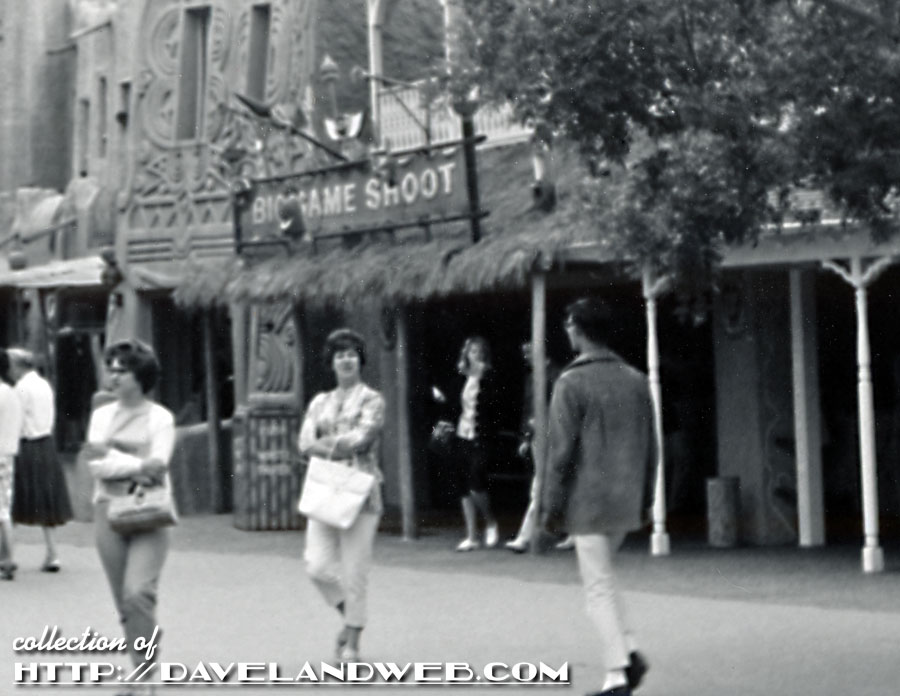
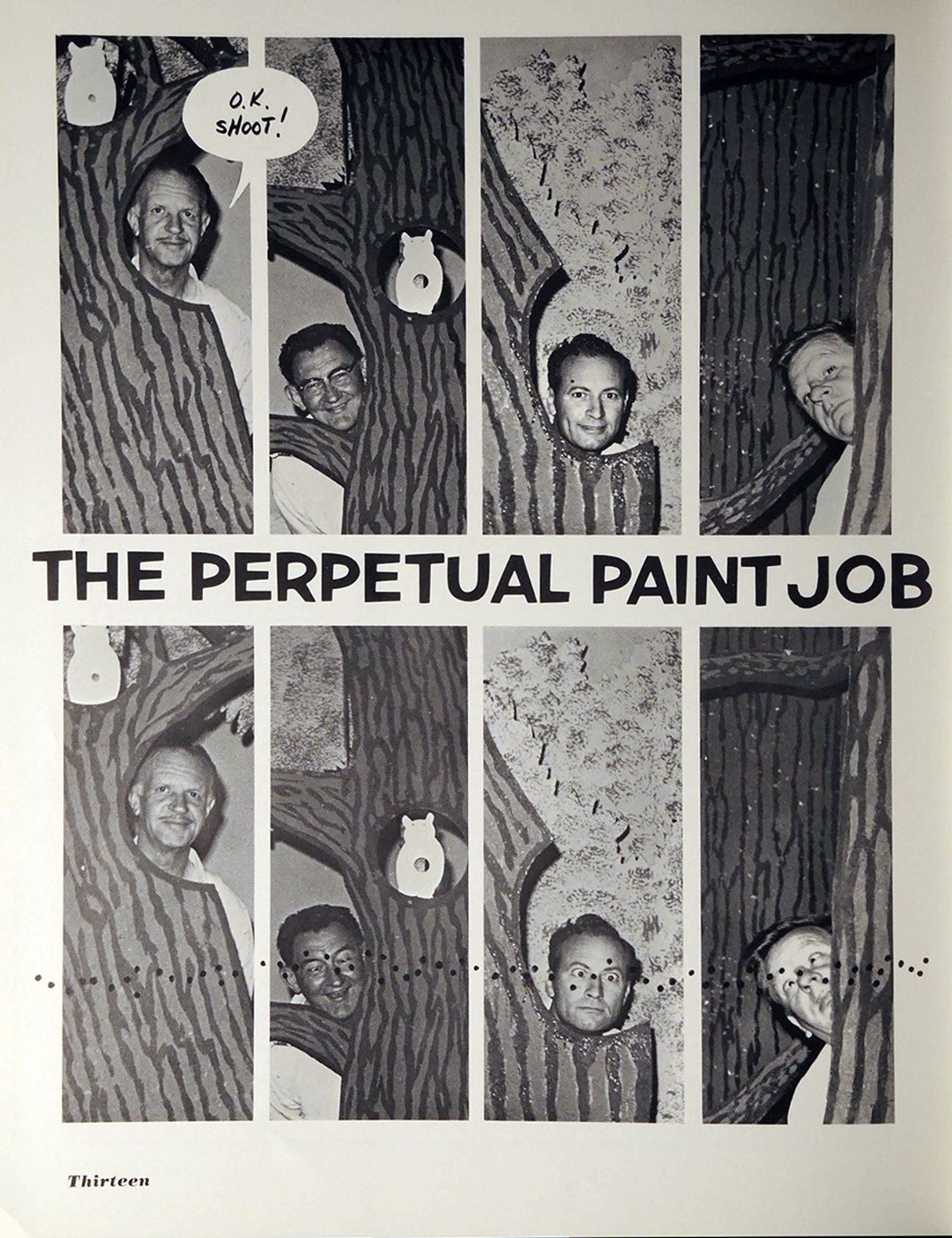
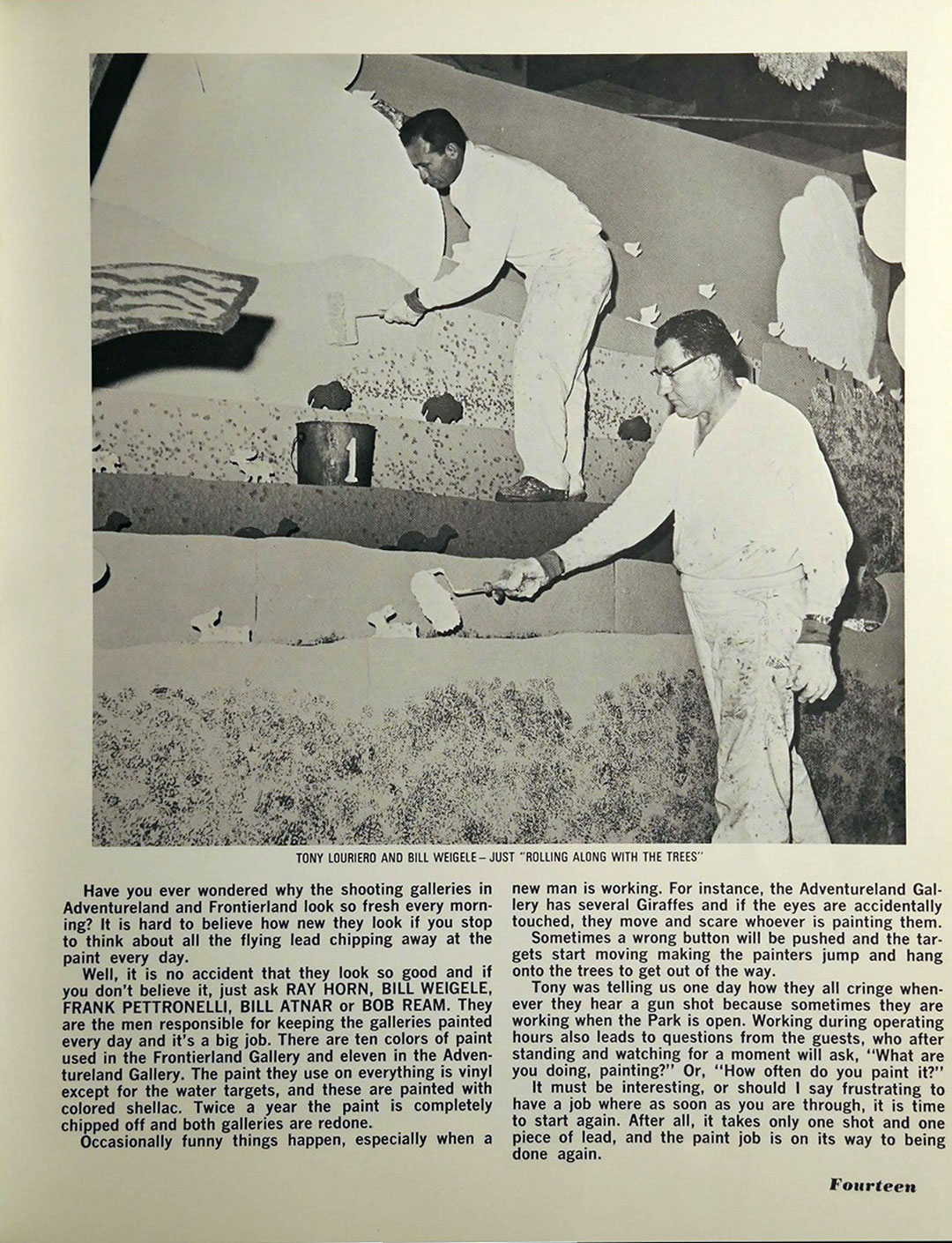
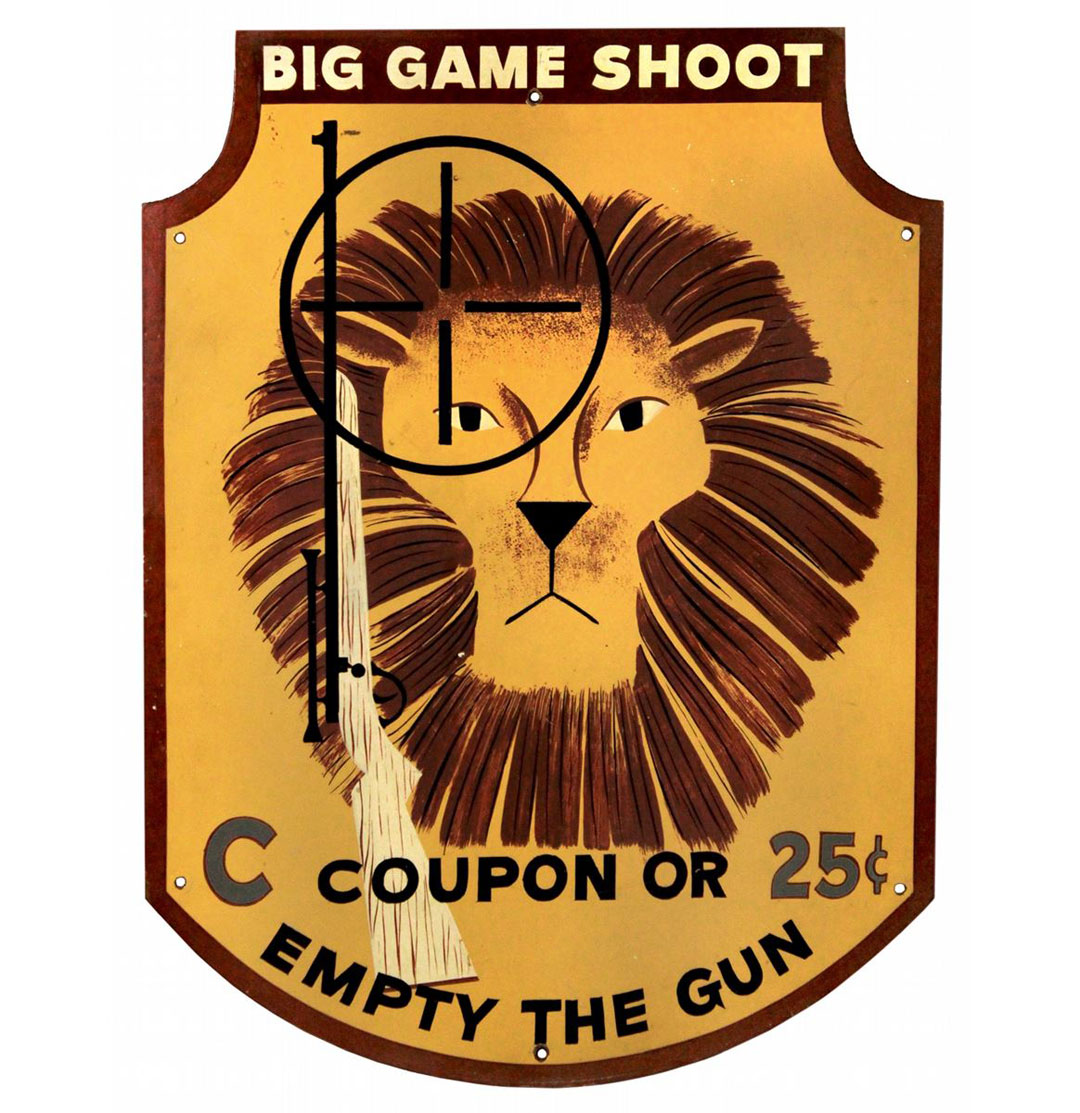
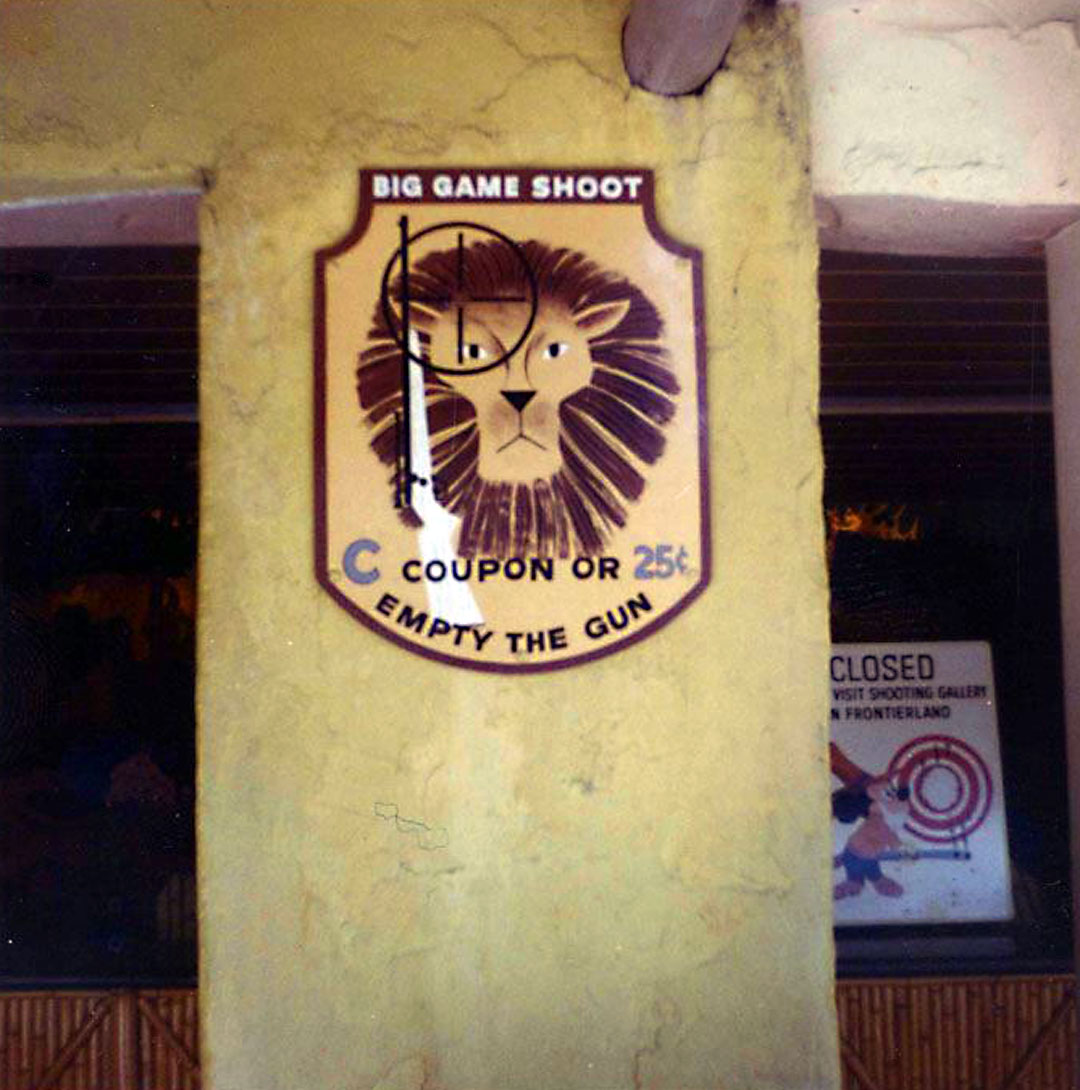
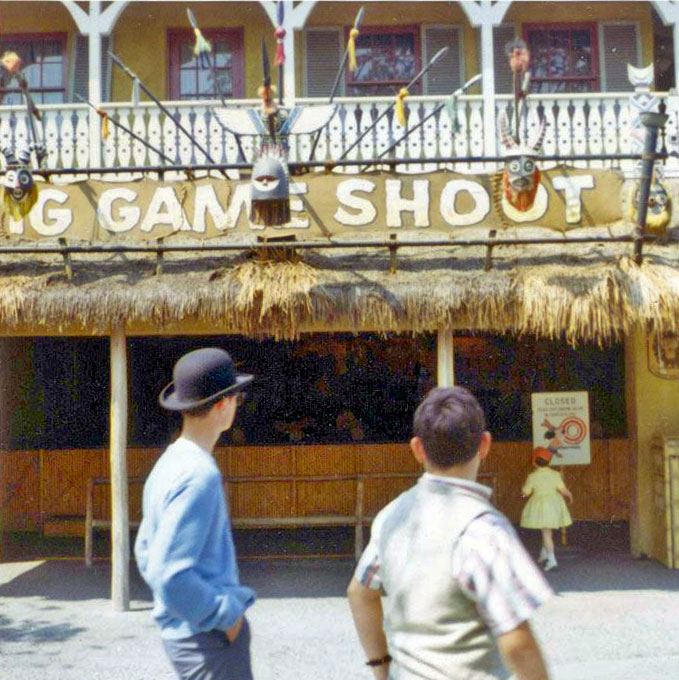
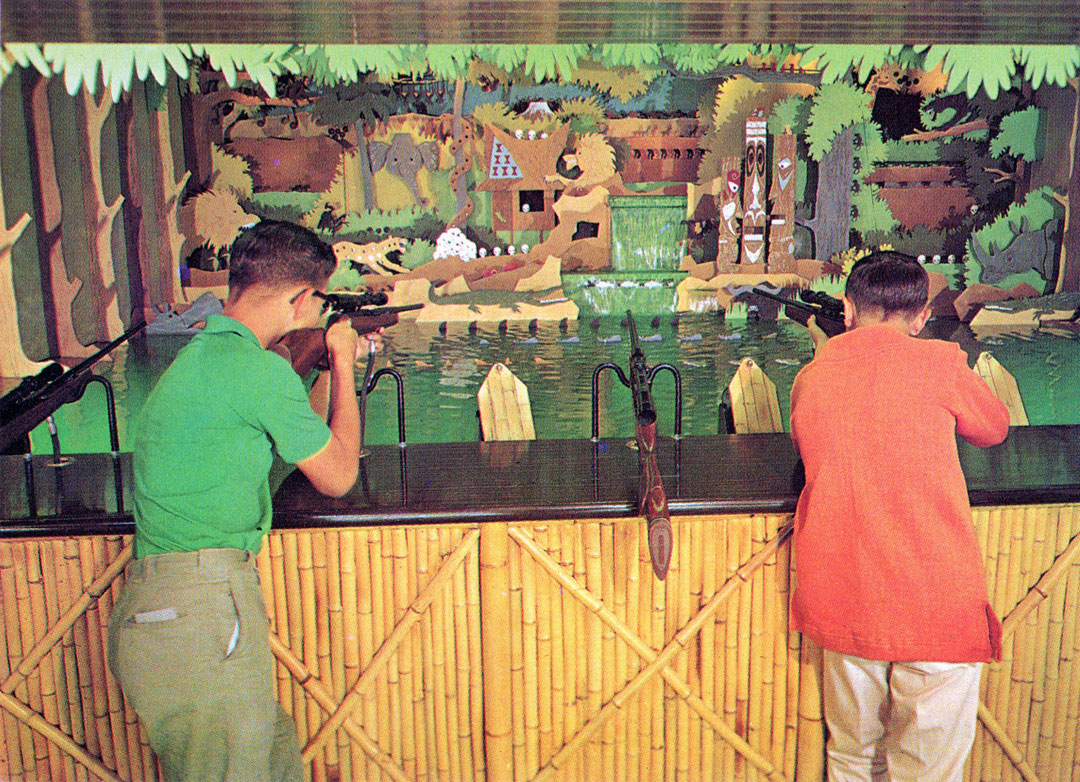
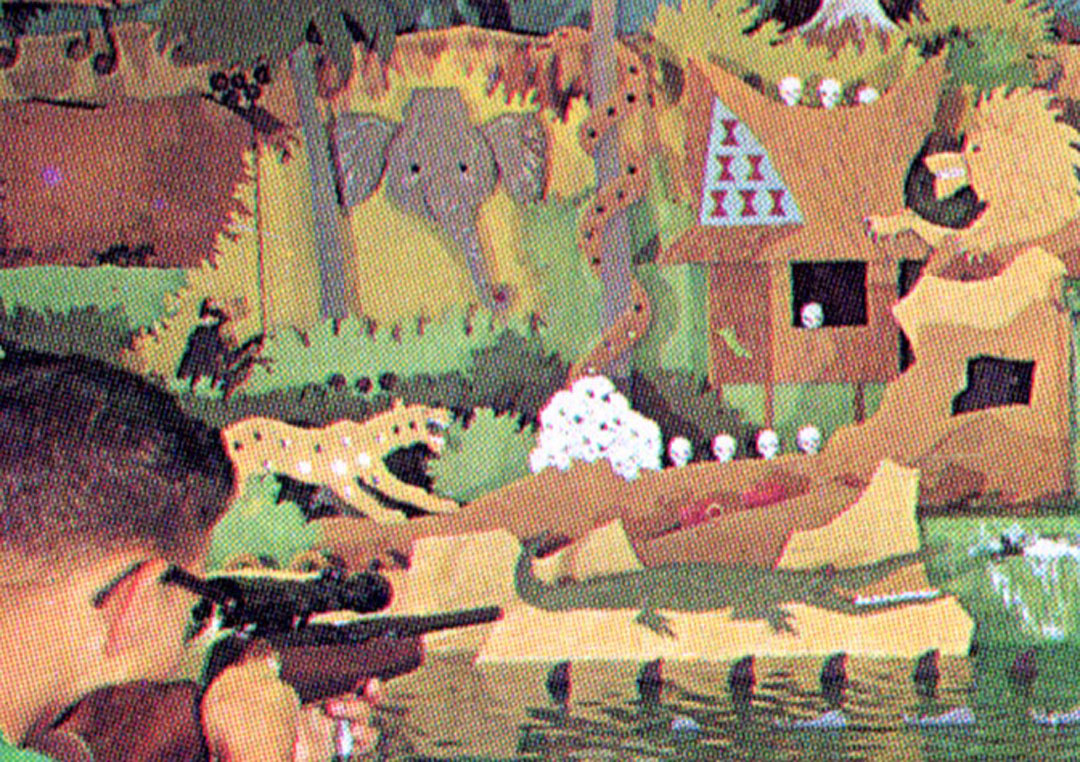
.jpg)
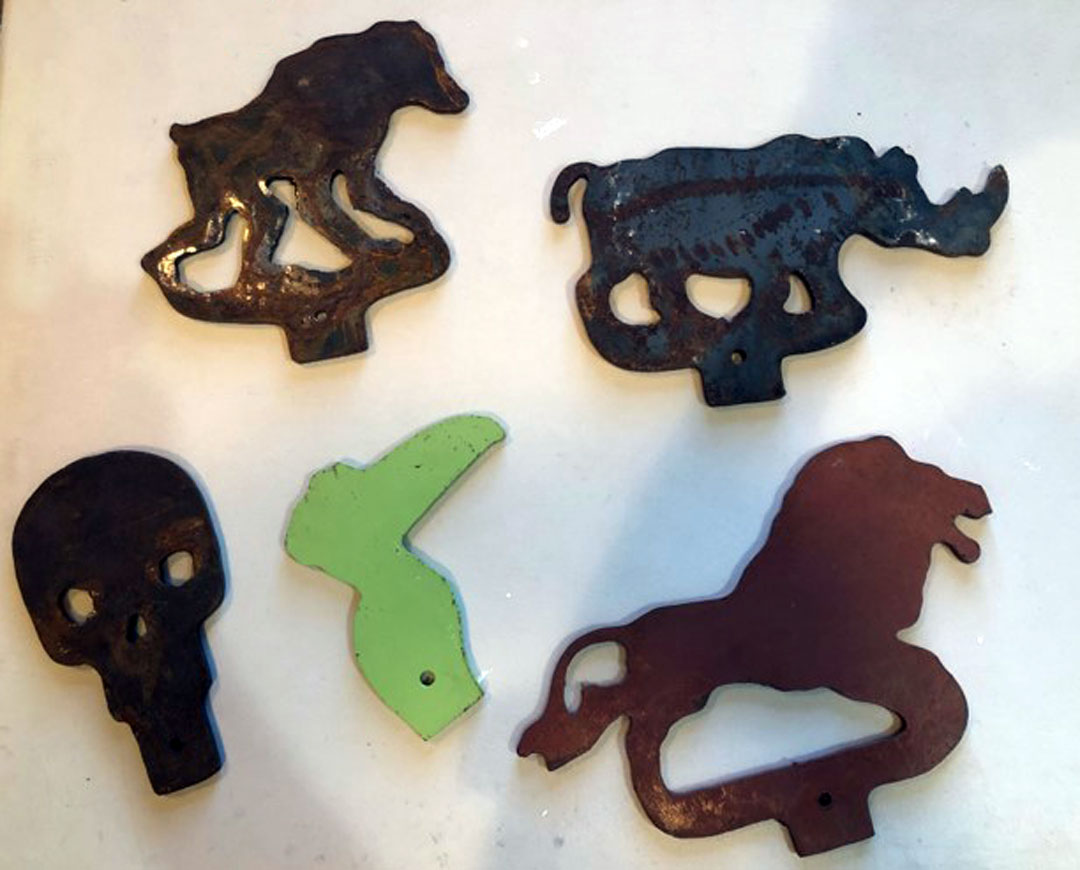
.jpg)
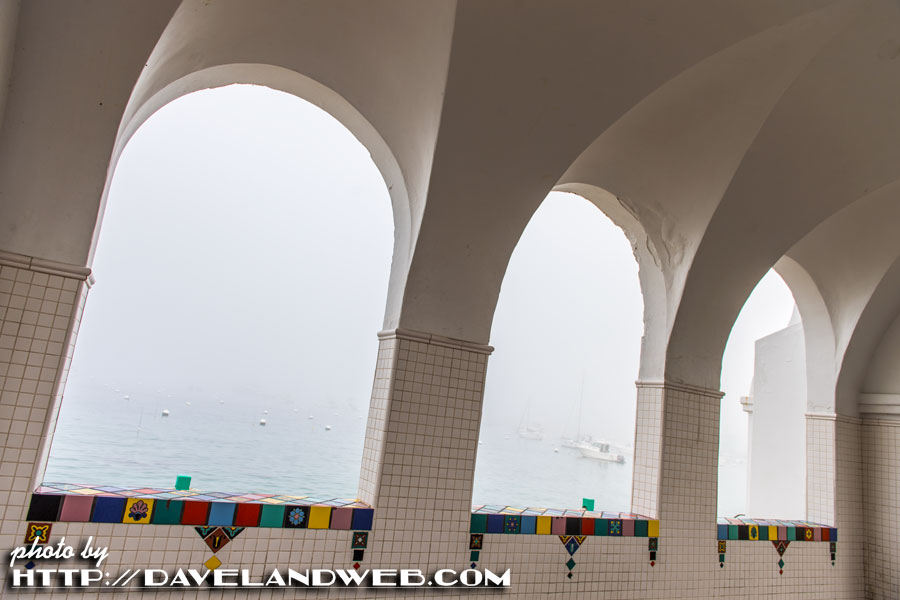
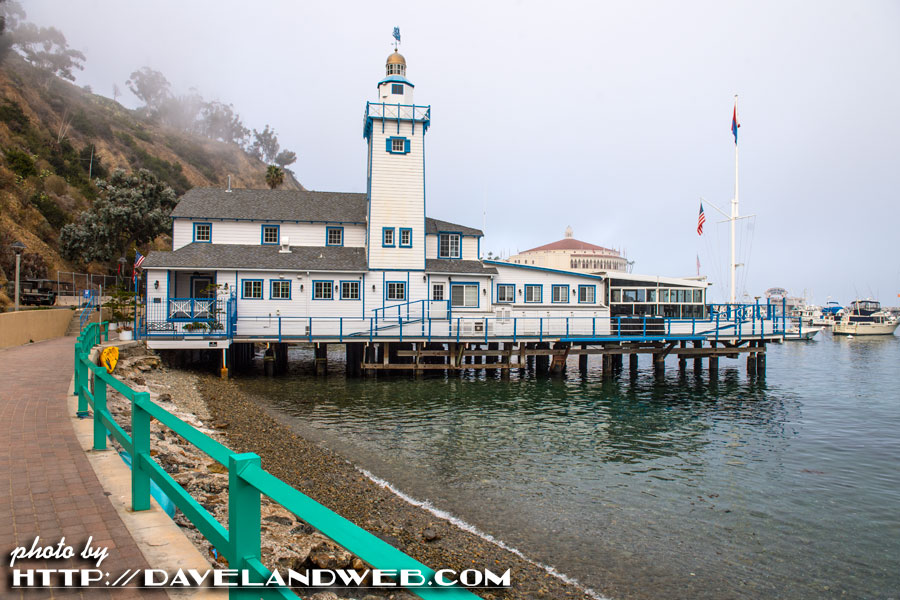
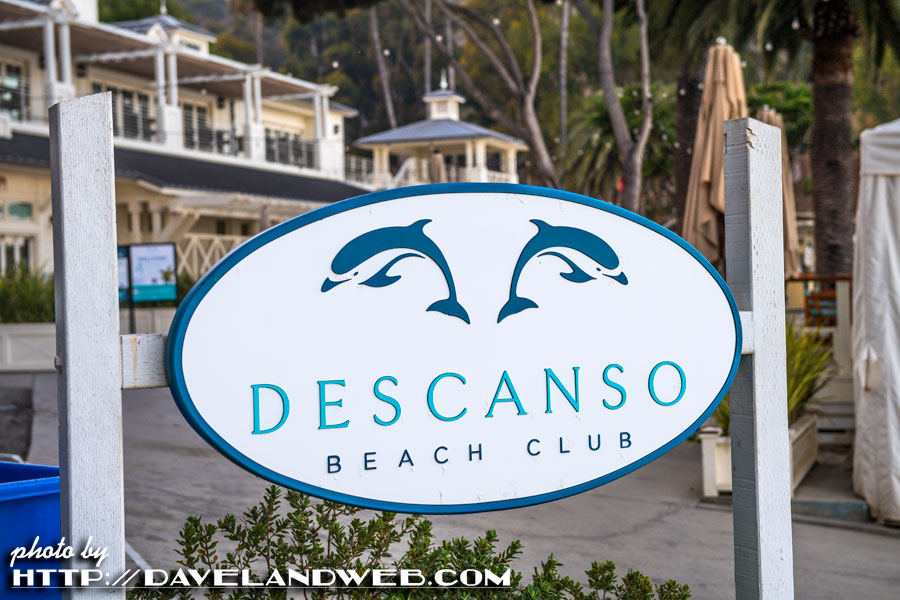
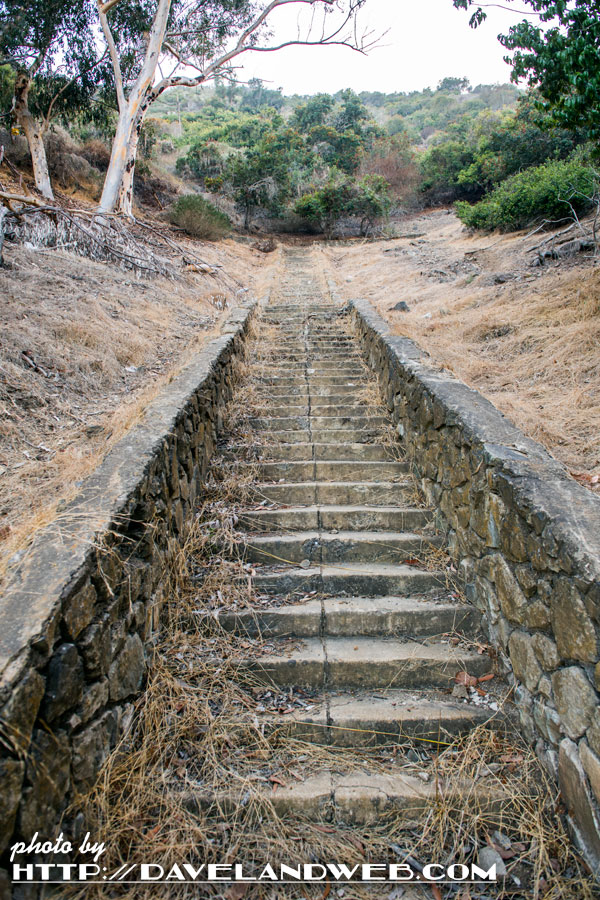
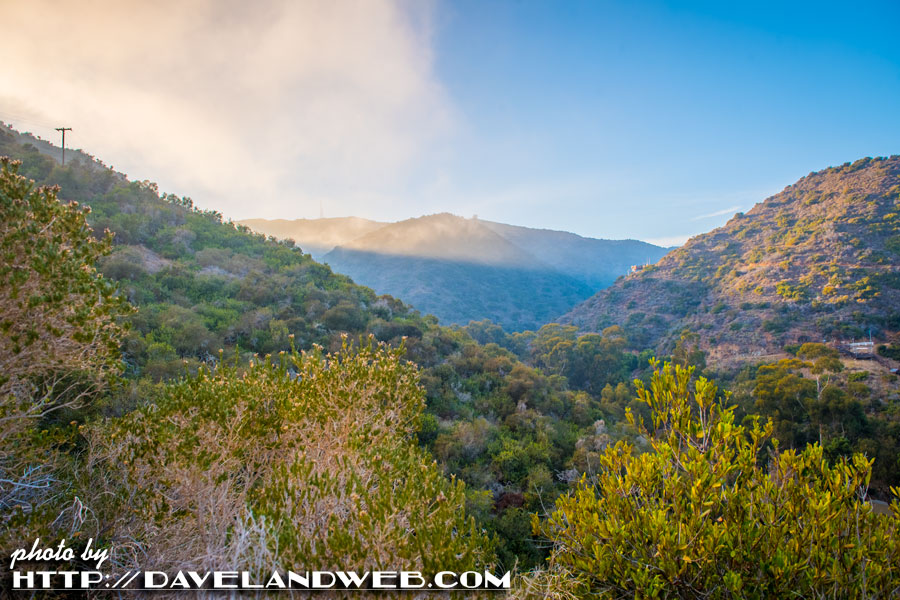
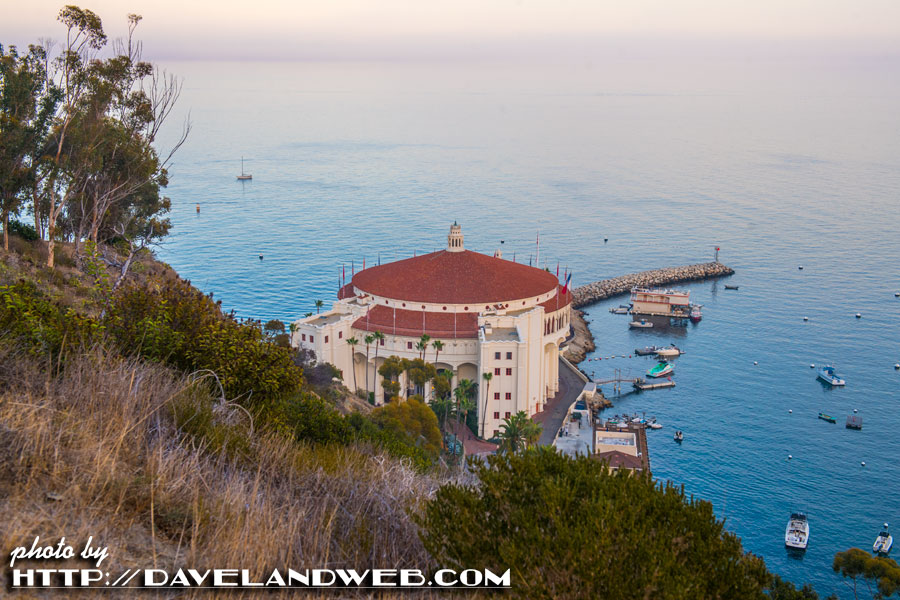
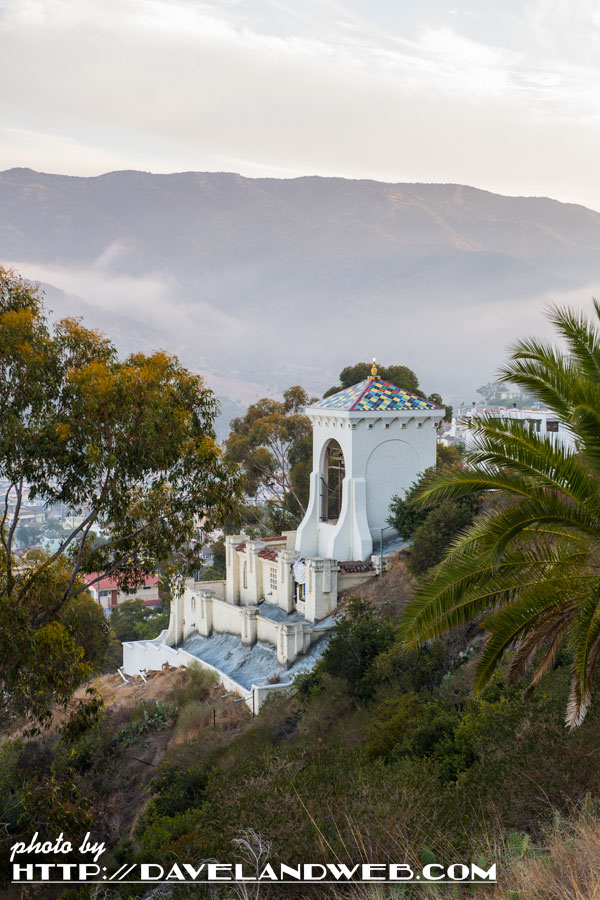
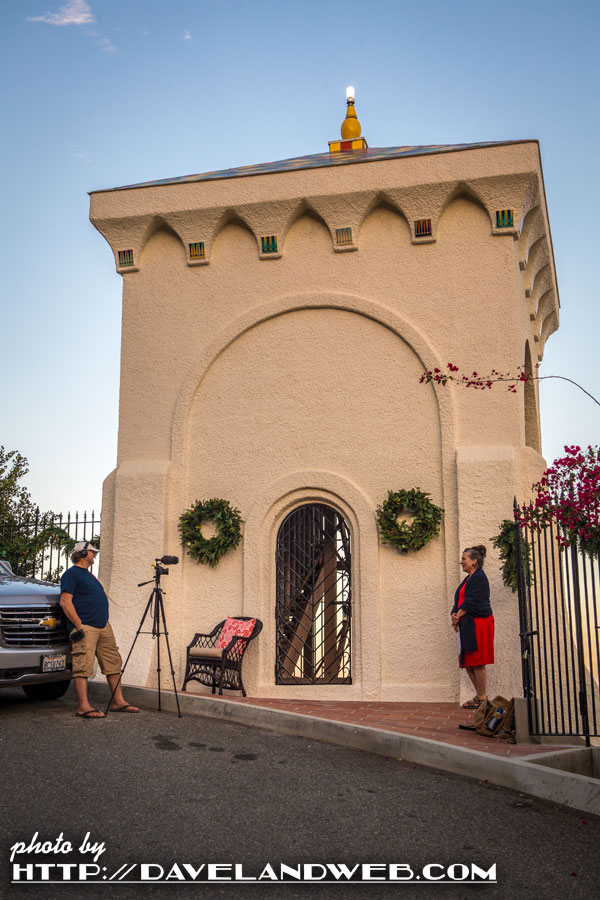
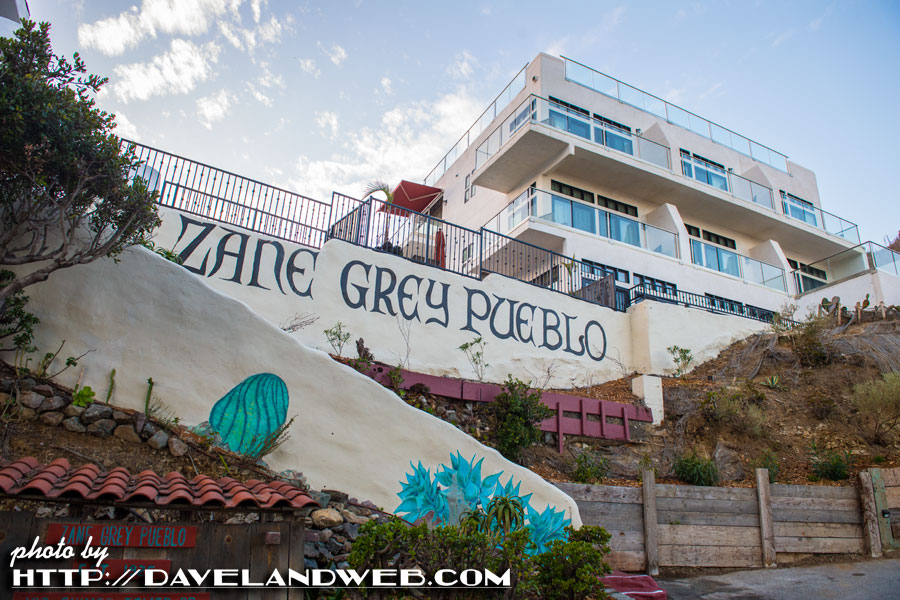
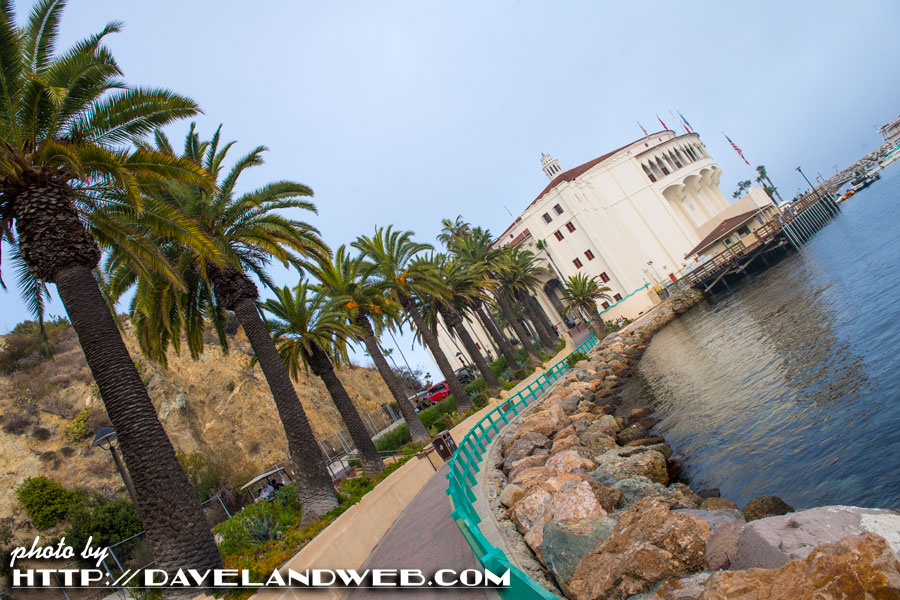
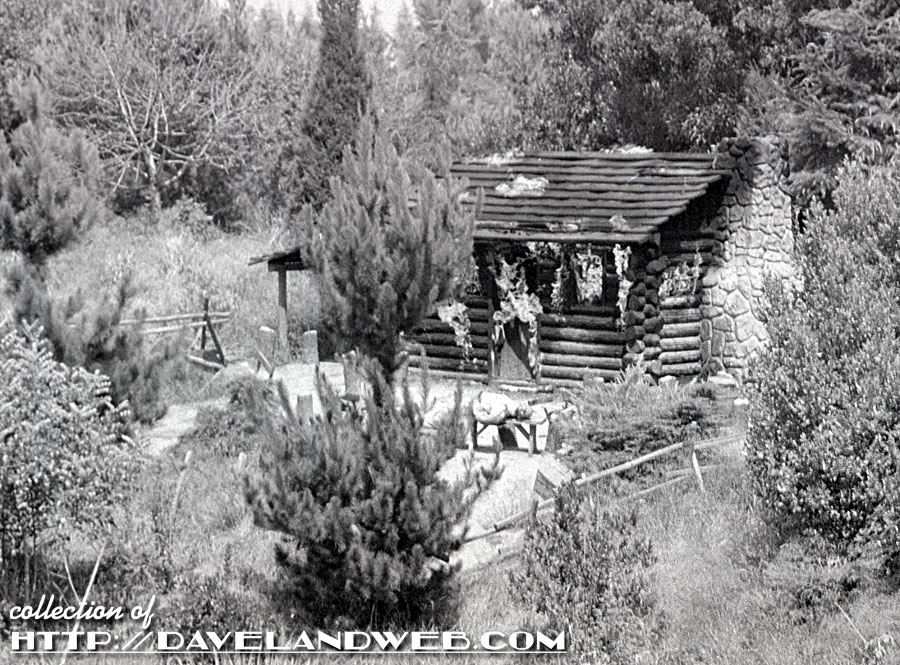
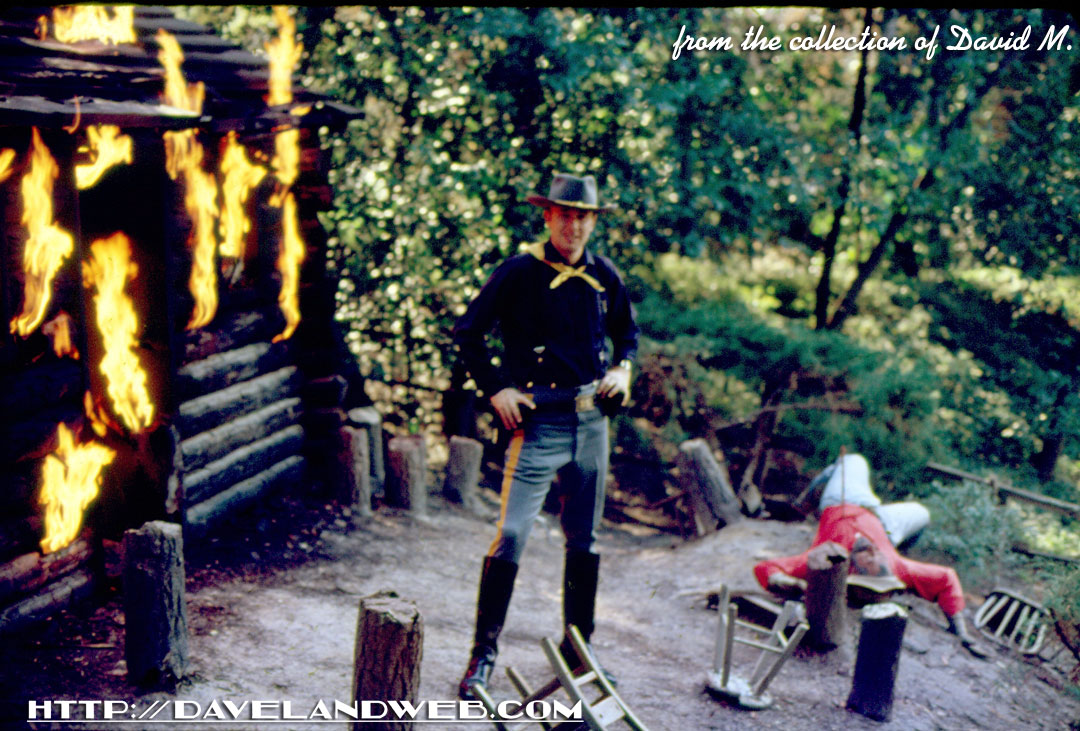
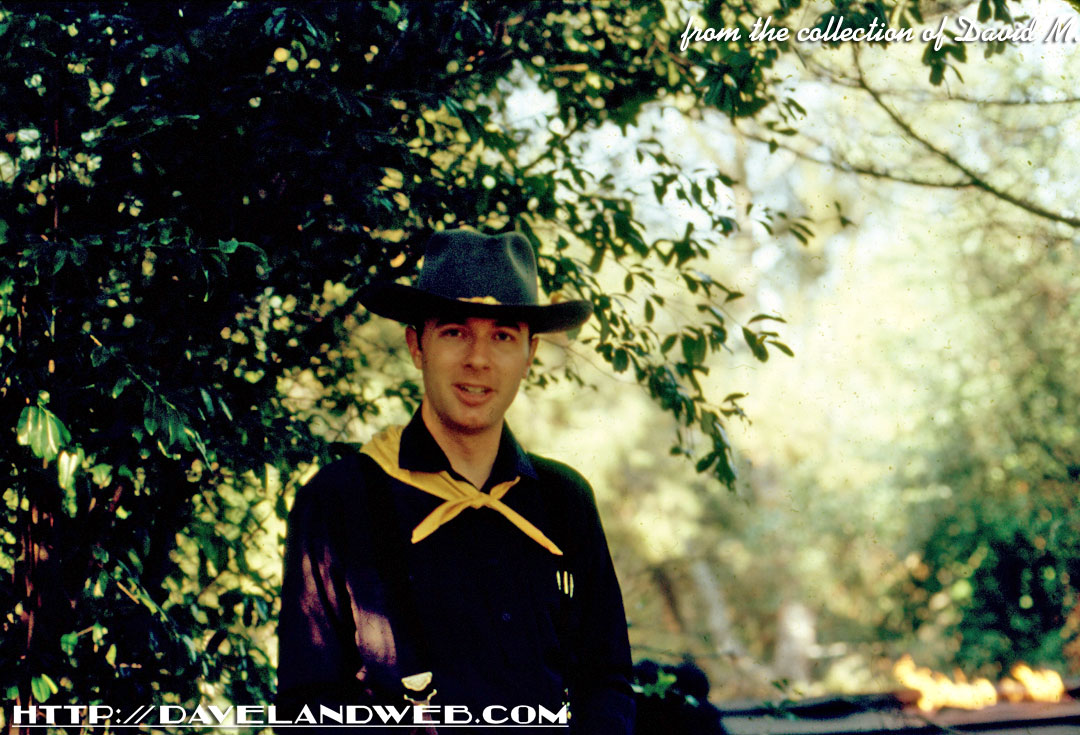
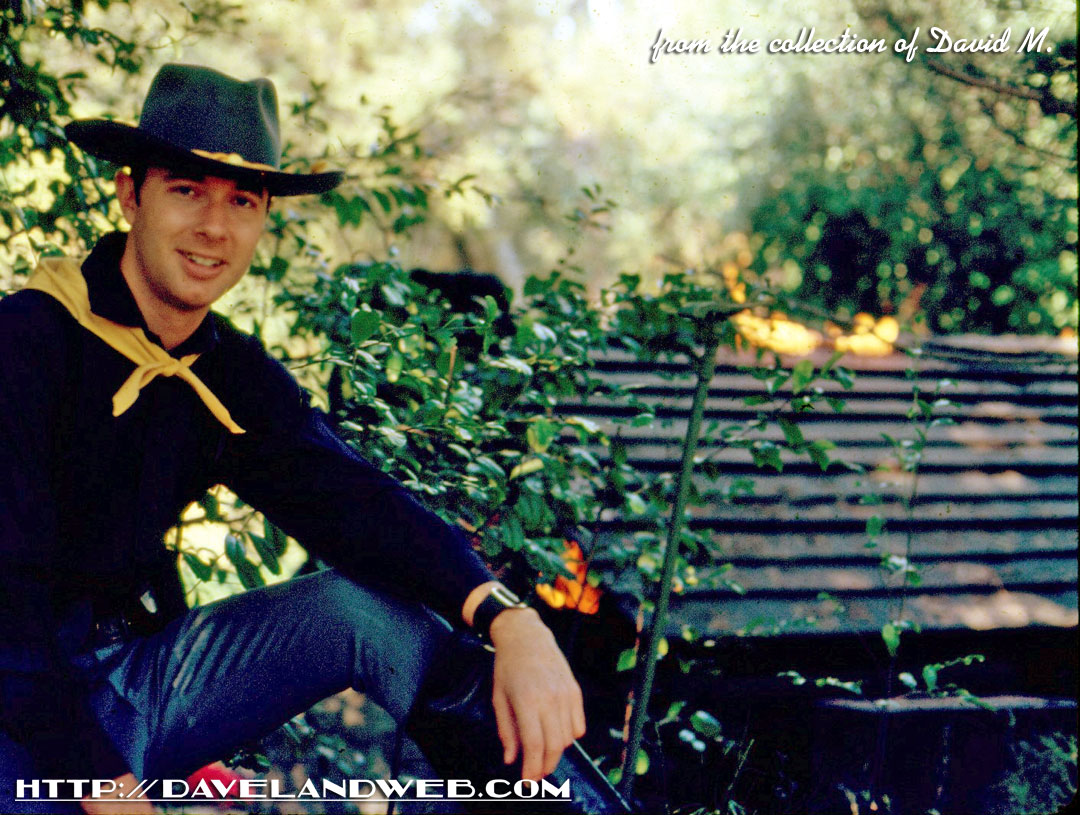
.jpg)


